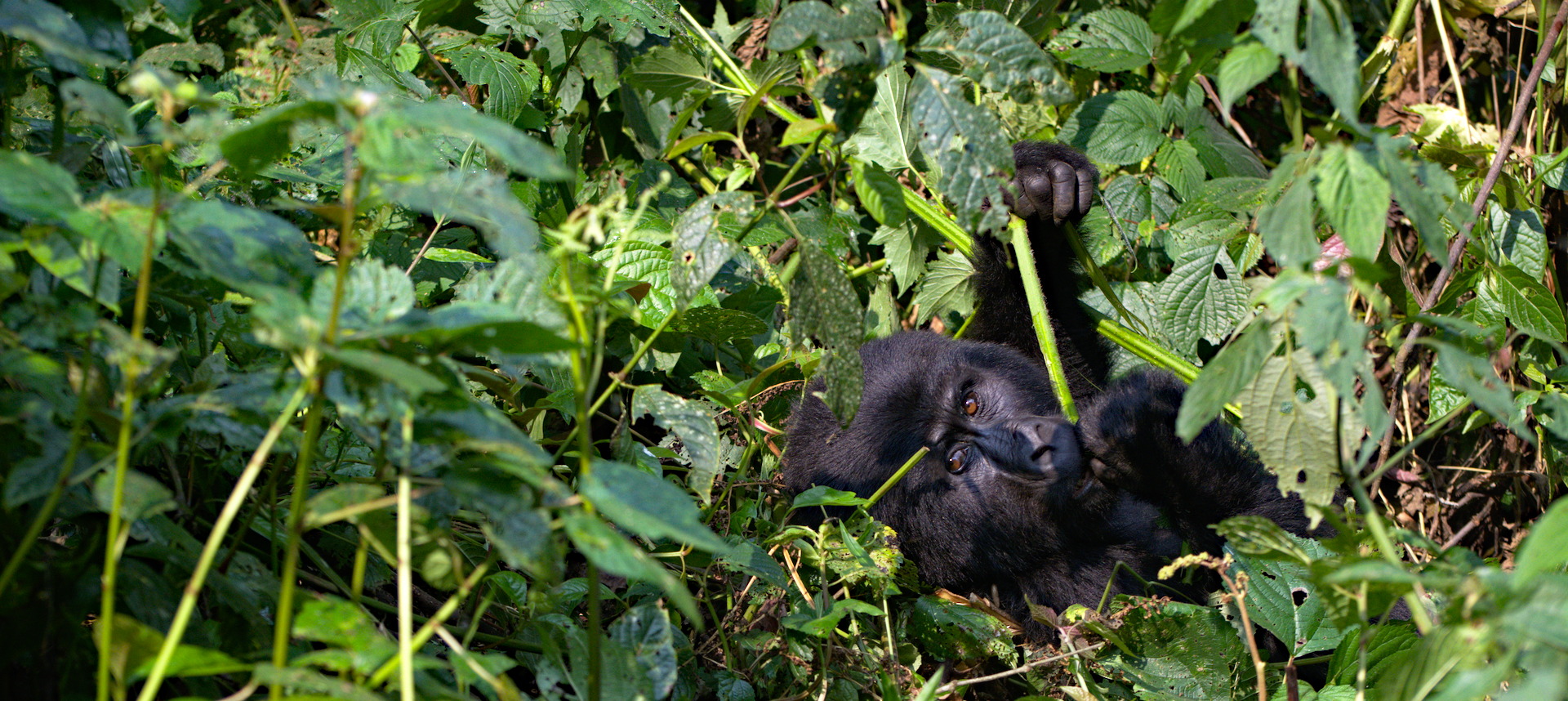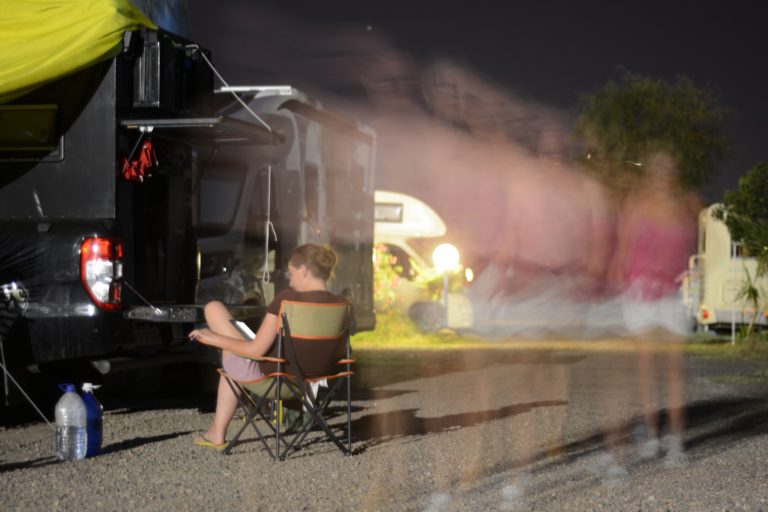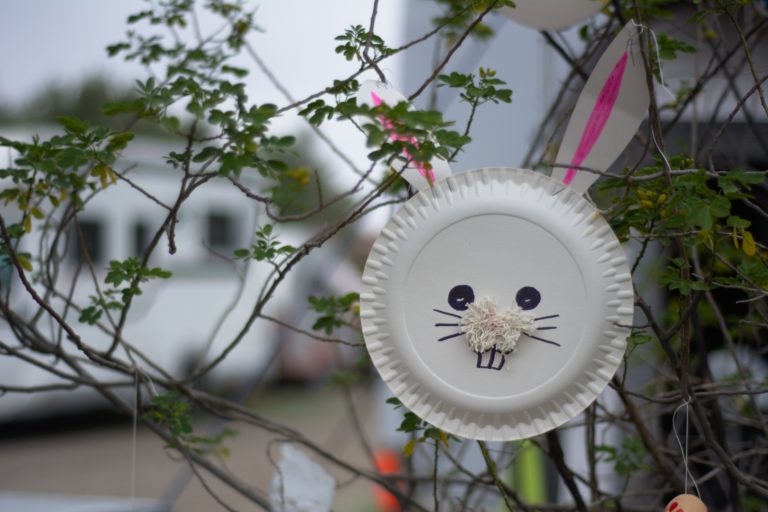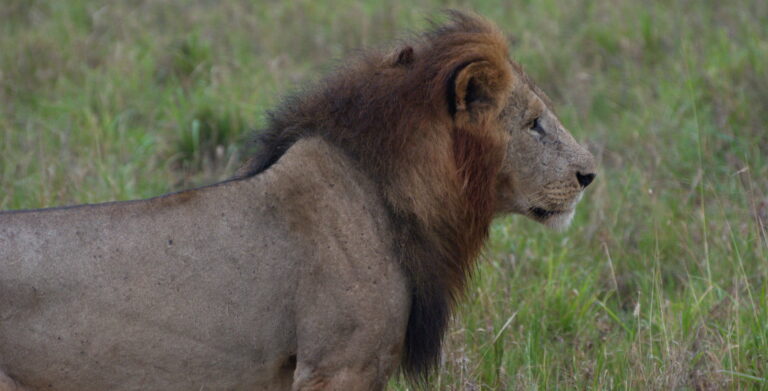After Kenya and Tanzania, we are excited to see what Uganda has to offer. For more than three weeks, we explore the cities, parks and natural wonders of Uganda. In this blog post, we start from Kampala and travel west through Lake Mburo and Lake Bunyonyi to the Bwindi Impenetrable Forest. We’ll discover the road conditions in Uganda (not so good), the wildlife (very good) and come to know a bit more about the culture and everyday life.
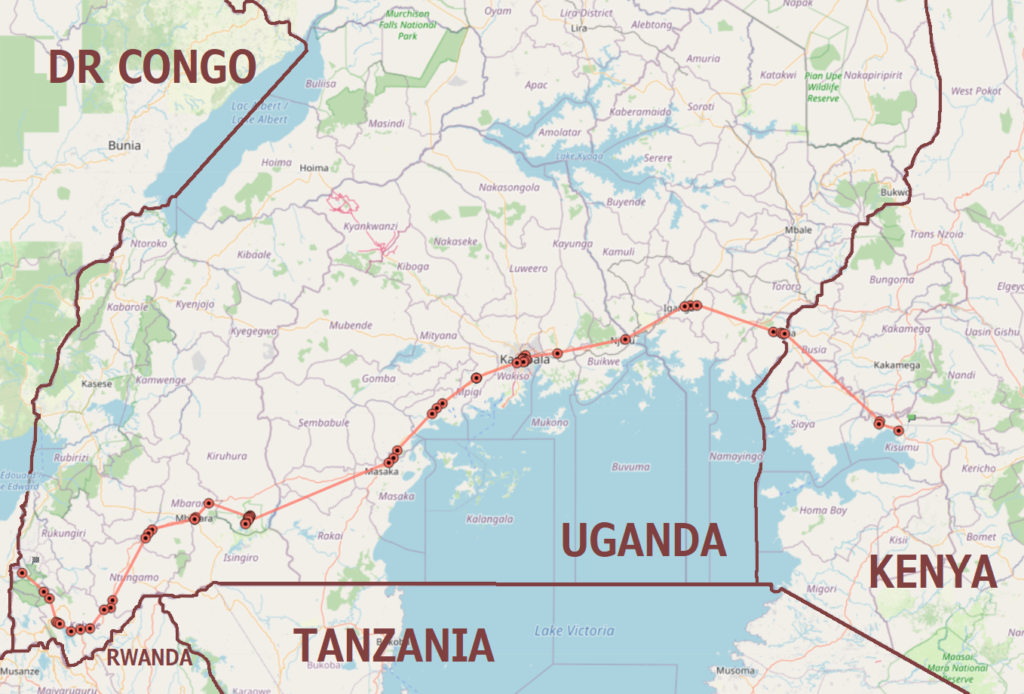
FIRST THINGS FIRST: PLANNING THE TRIP
After a quick research we ended up with two options to visit Uganda: either join an organized safari and rush through the parks or take more time and rent our own vehicle. In our minds, we already had some must-sees. This included gorilla and chimpanzee tracking, the mighty Murchinson Falls, Queen Elizabeth National Park and the adventure capital Jinja. Most safari tours cover the parks in a six or seven-day itinerary. We compared three quotes (a good website to get some quotes: safaribooking.com), starting from $1550 per person for six days on a budget option. Then we roughly calculated how much we would spend for the same activities on our own for six days (per person):
- Vehicle Rent $25 / day = $150
- Food $20 / day = $120
- Hotel $60 / day = $360
- National Park Fees $120
- Gorilla Tracking Permit $700
- Chimpanzee Tracking Permit $300
- Other activities $70
- TOTAL $1820
And we couldn’t figure out how the organized safari is so much cheaper. Until we stumbled upon the Facebook page of the Ugandan Wildlife Organization. They are managing all national parks in Uganda and they had an awesome promotion: 50% on all national park fees and almost half price for the trekking permits. After that re-calculation it was an easy decision: let’s rent a 4×4 Toyota RAV and explore Uganda on our own!
KAMPALA
After a long bus journey, we arrived late in Kampala. In fact so late that the taxi driver charged us a surplus of triple the normal amount because he had to drive during the curfew and therefore risk his licence and a hefty fine. As usual after entering a new country, we first ventured into the city to get a SIM card. After an unsuccessful attempt, we treated ourselves to lunch and coffee in a fancy mall. We wouldn’t see as many white people for the rest of our trip as in this restaurant.
The following day, we took an uber across the city to the car rental company. It’s funny that Thierry had to register his fingerprints to get a SIM card but for the car rental, he didn’t even have to show his driving licence nor any passport. Our car wasn’t the youngest, had already 176’000 km on him and a lot of scratches but the basic functions (and even A/C) were functioning.
ON THE ROAD AGAIN
We first stopped in a small forest sanctuary called Mpanga Forest and opted for a guided Butterfly Walk. In truth, we were more excited about the red-tail monkeys but the butterflies were beautiful and plentiful as well.
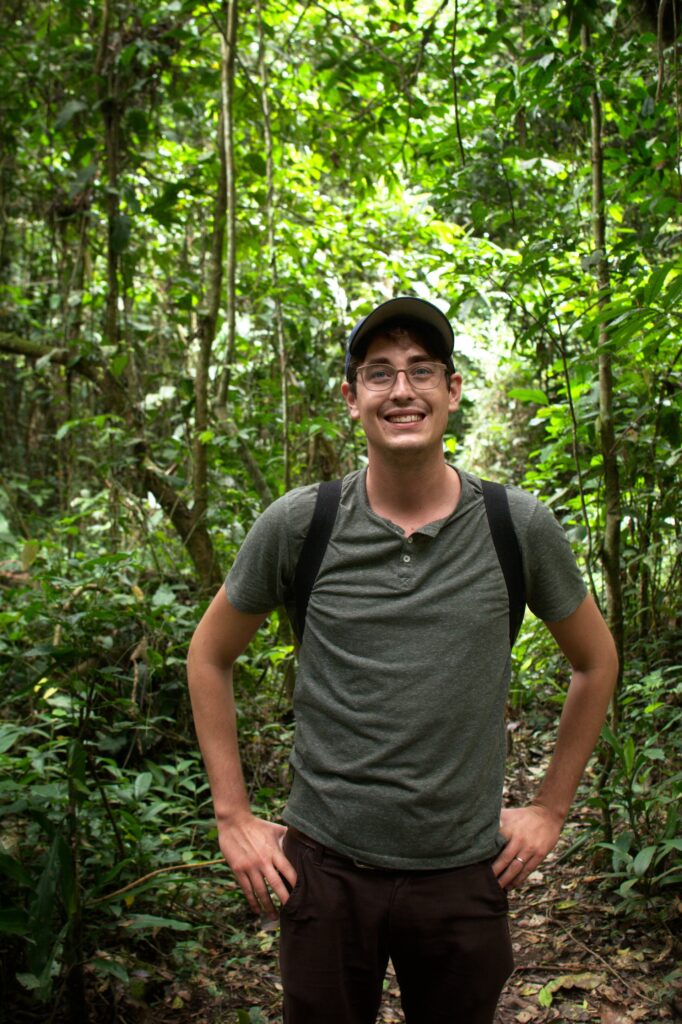
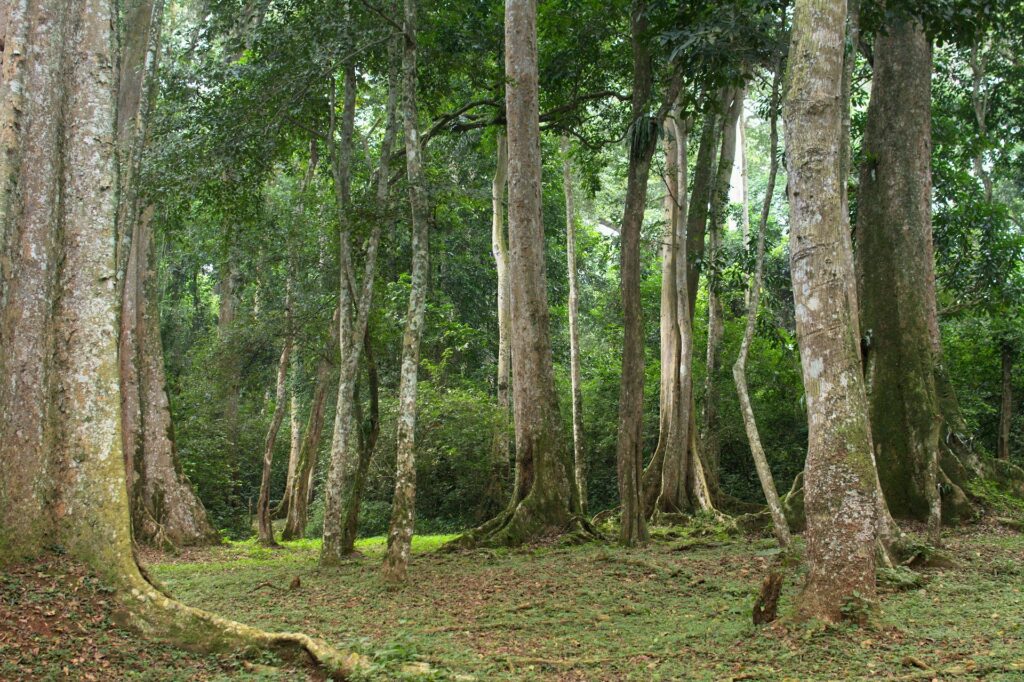

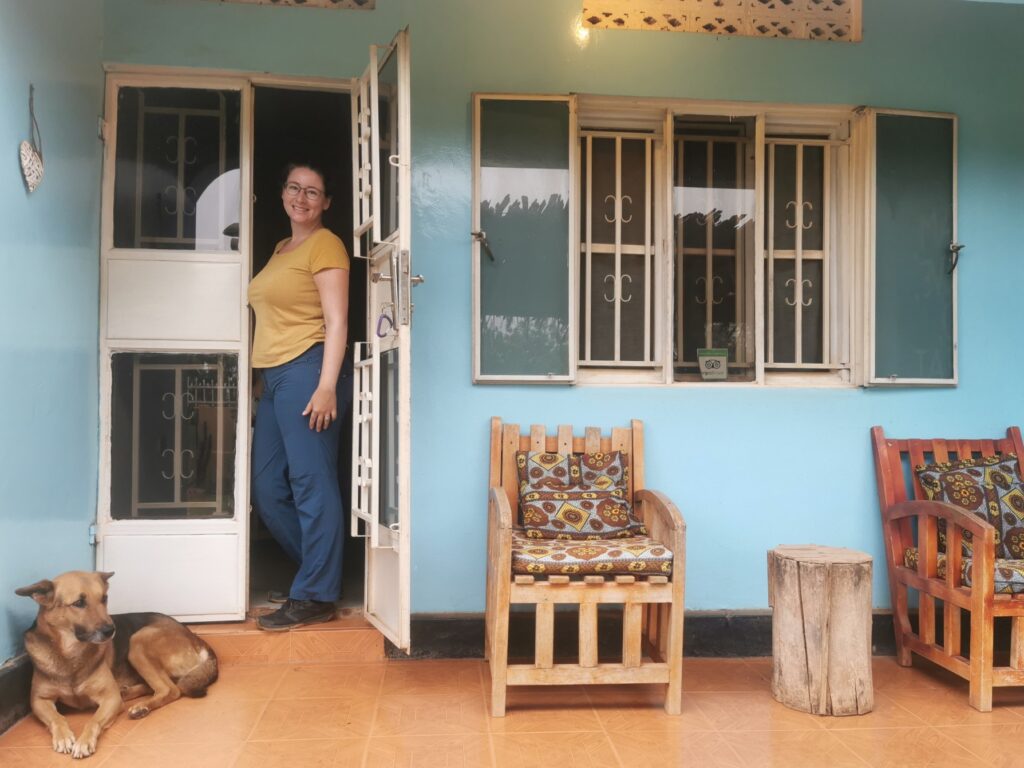
We read about this open-air art gallery project and took a quick detour. At Camp Ndegeya we were greeted by one of the artists and later met the boss who showed us around. It’s a cool place with a lot of potential.
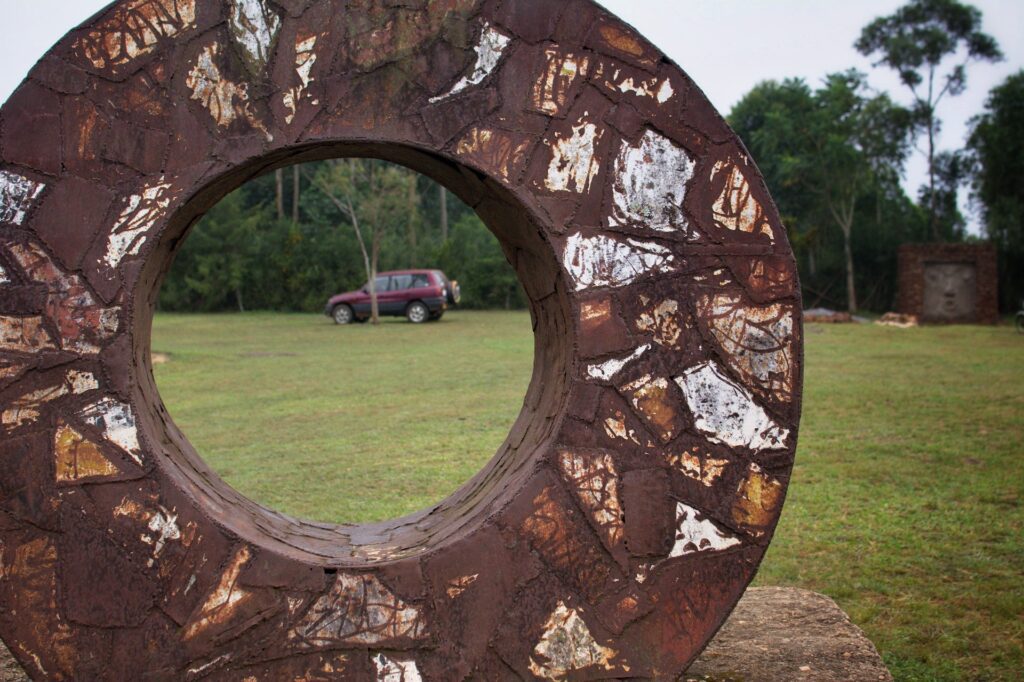
Our next stop brought us to Lake Mburo National Park, a compact park ideal for driving safari with broad wildlife and a diverse landscape. Interestingly, the park was once an open savanna but lost its elephants and the vegetation then turned into woodland. We enjoyed it a lot to drive at our own pace and explore the park even though we might miss parts that a local ranger would have spotted. We slept in a basic cabin inside the park and came across a huge herd of impalas that were looking for shelter around our cabins in the dark. We had an unforgetful night listening to the various animal sounds and wondering how leopard-proof the tent was.
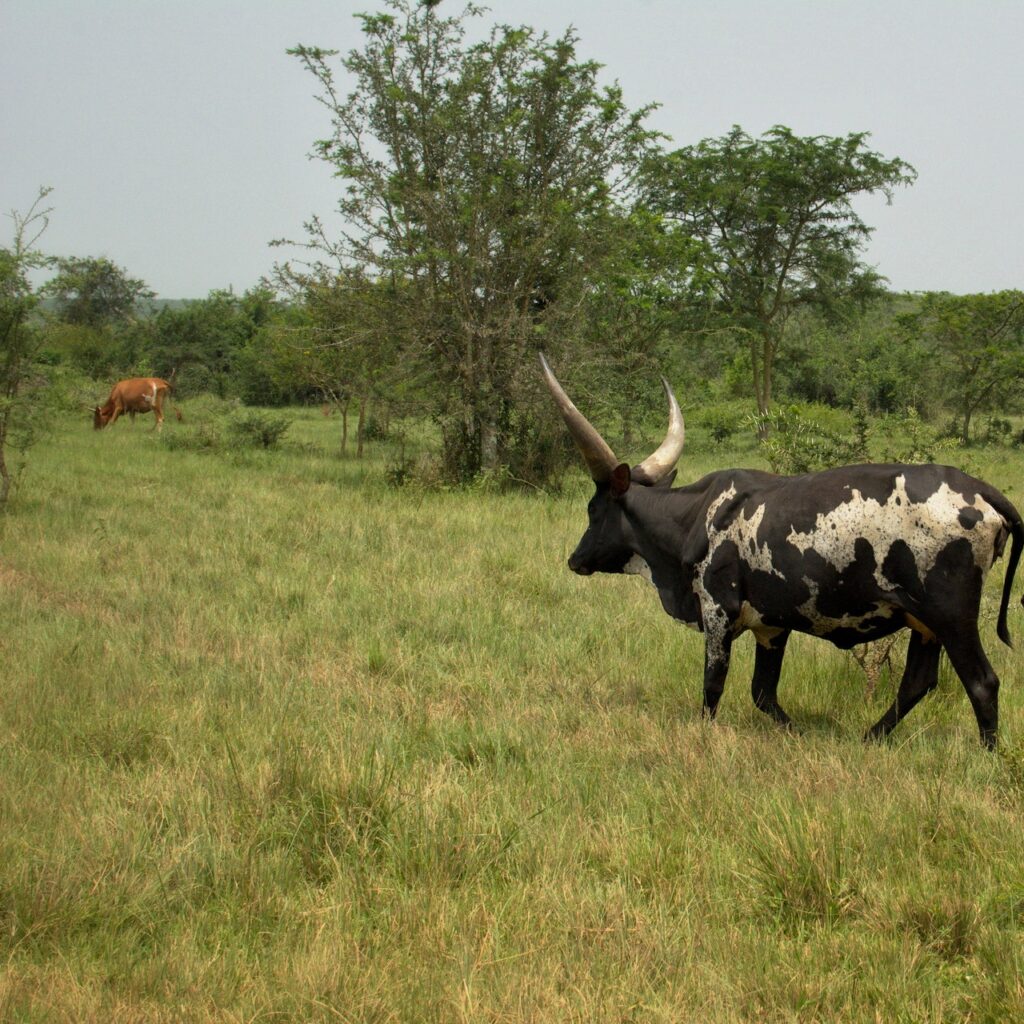
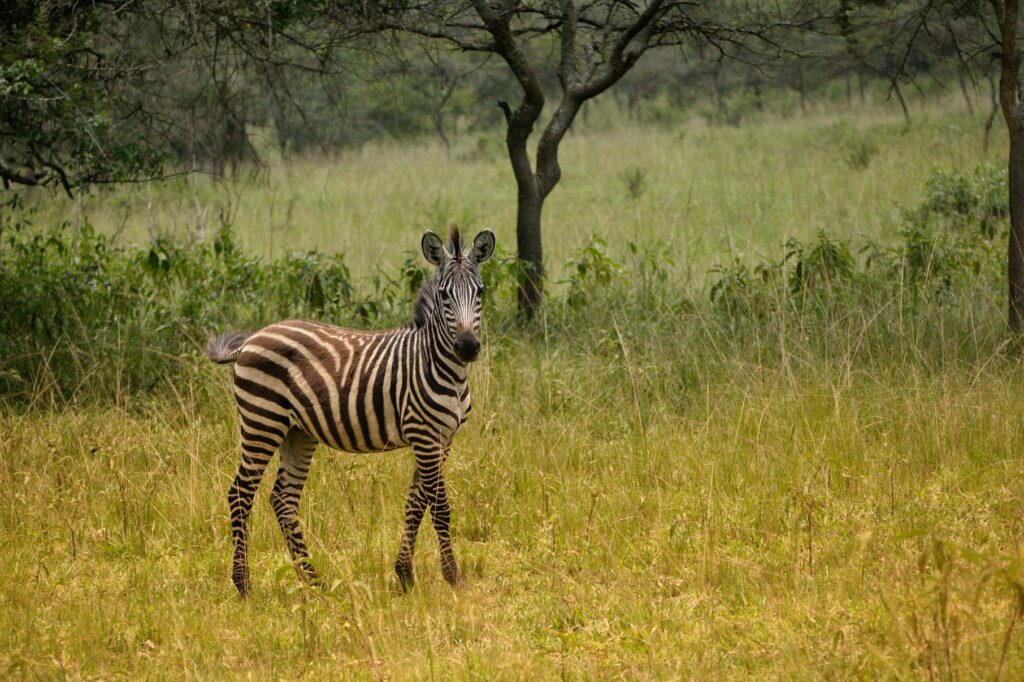

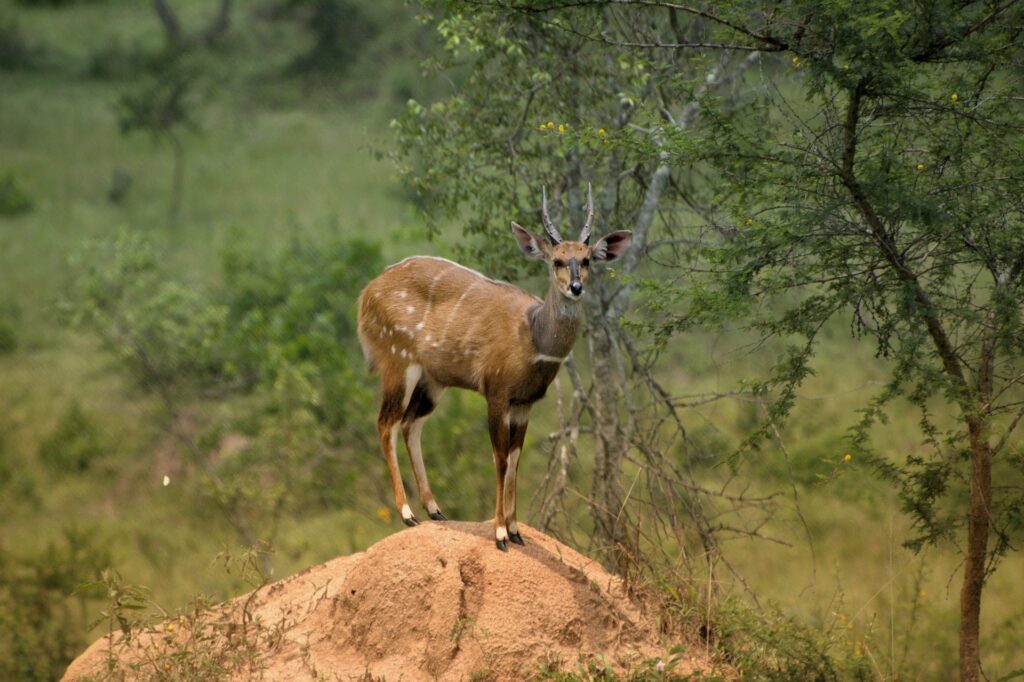
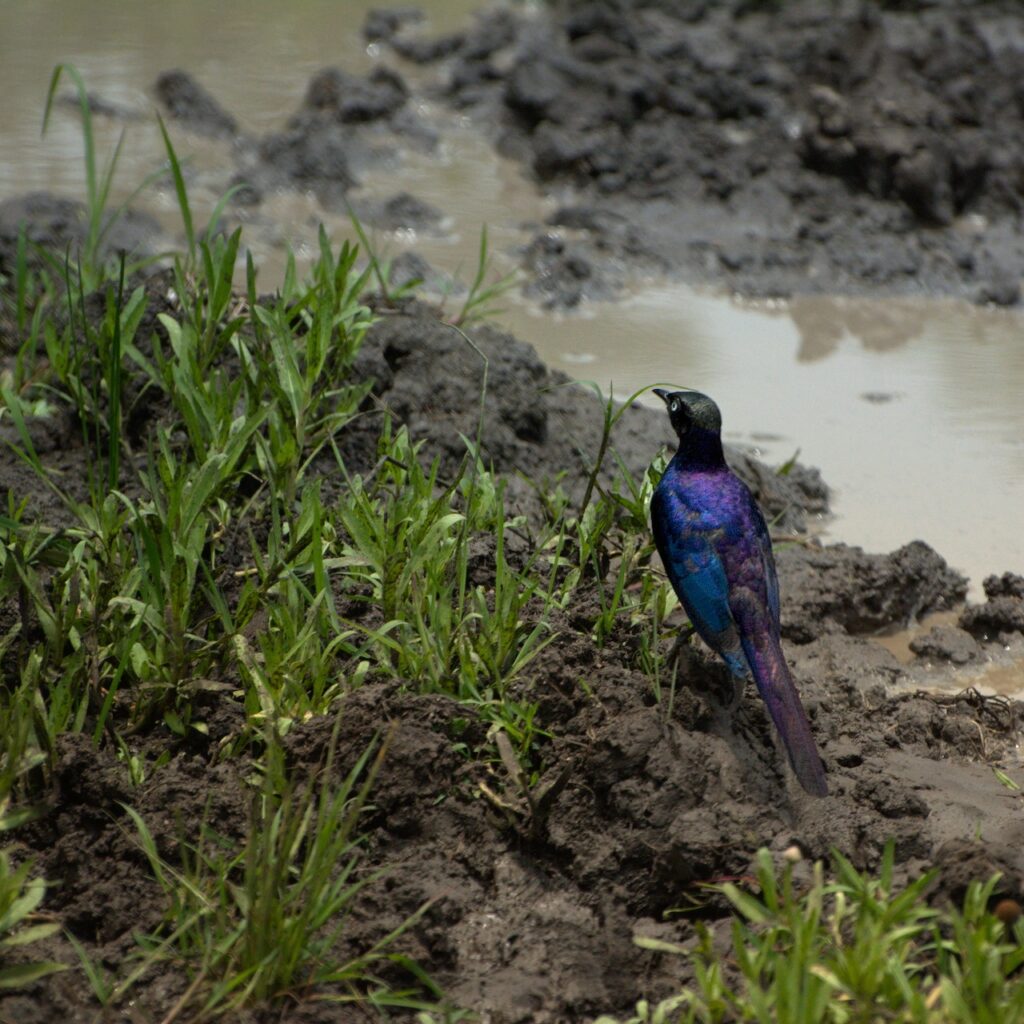
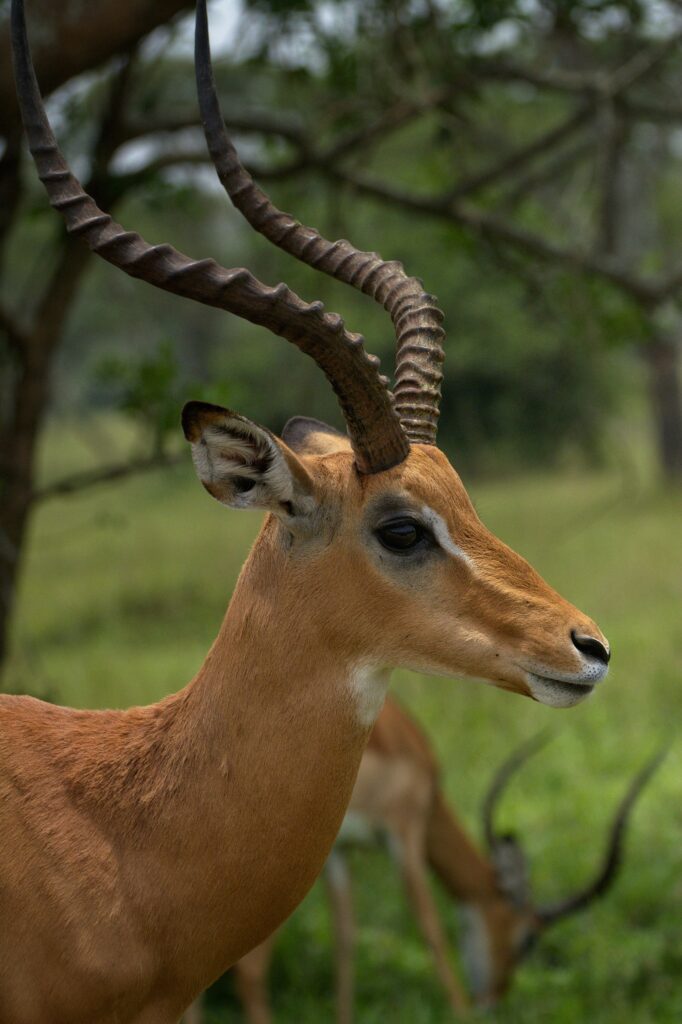
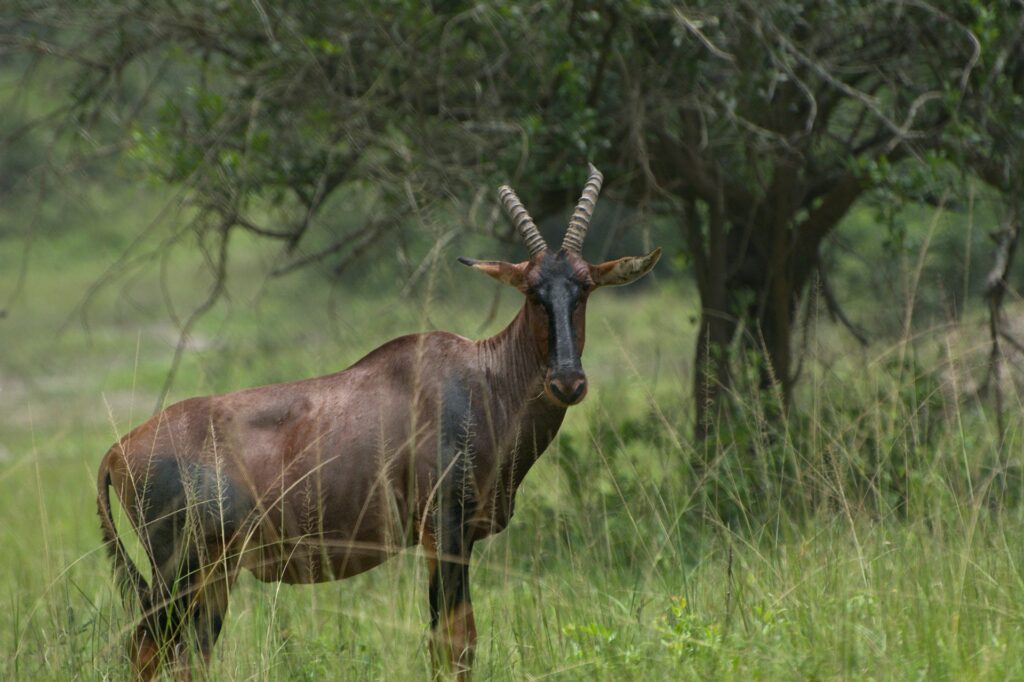
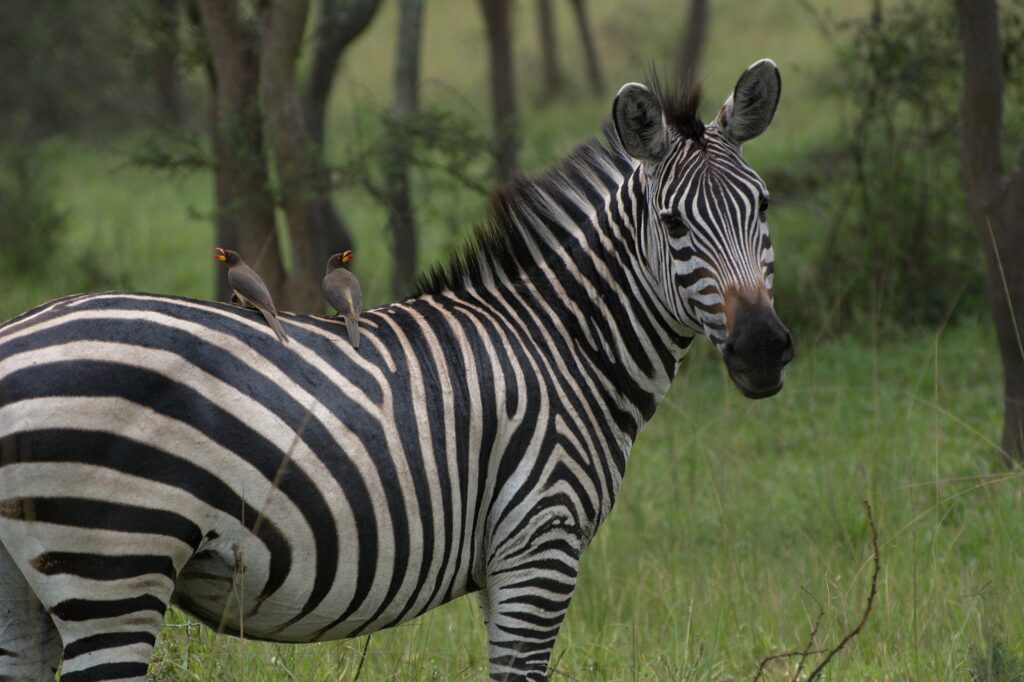
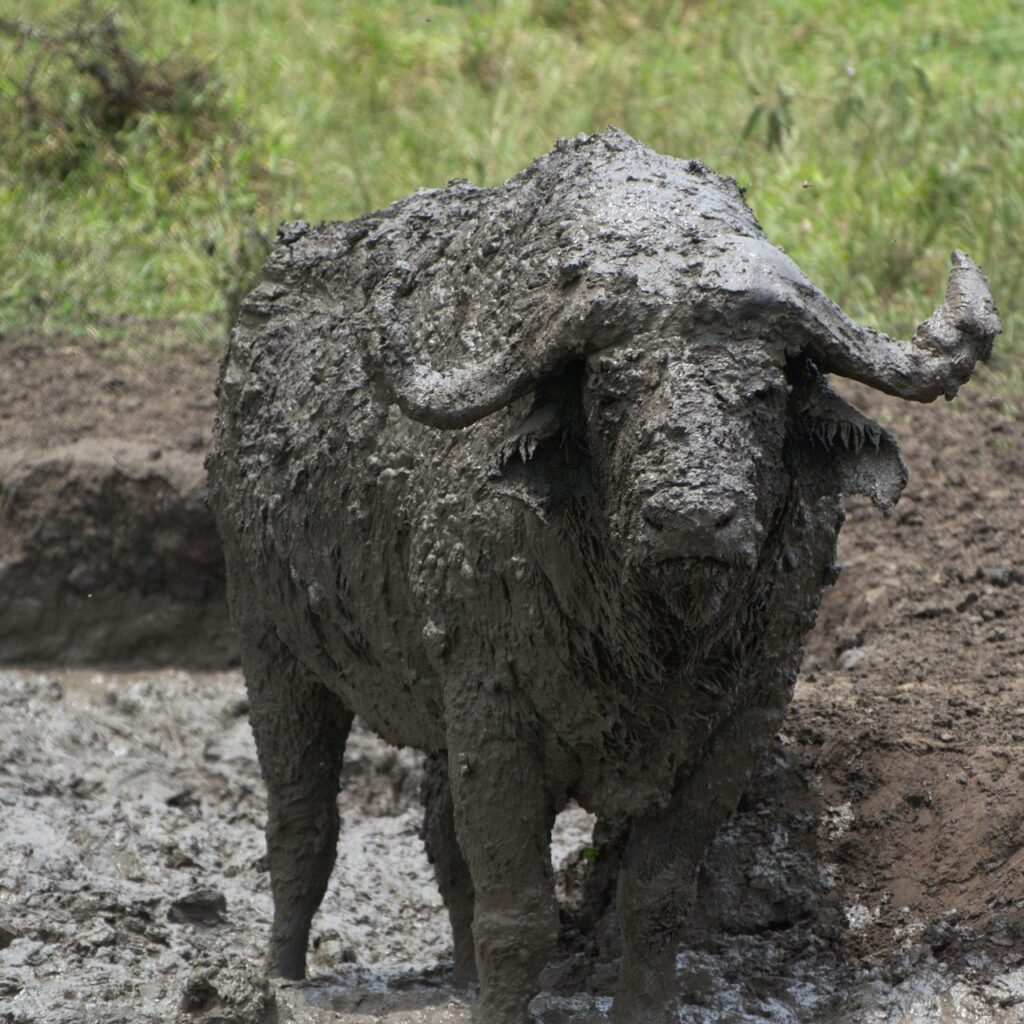
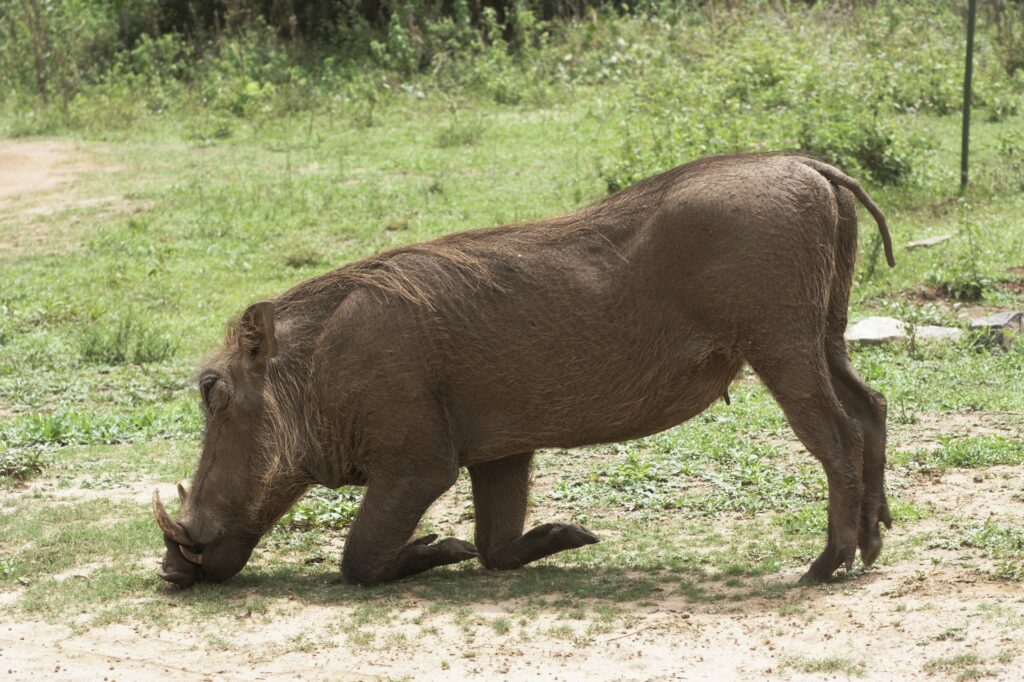
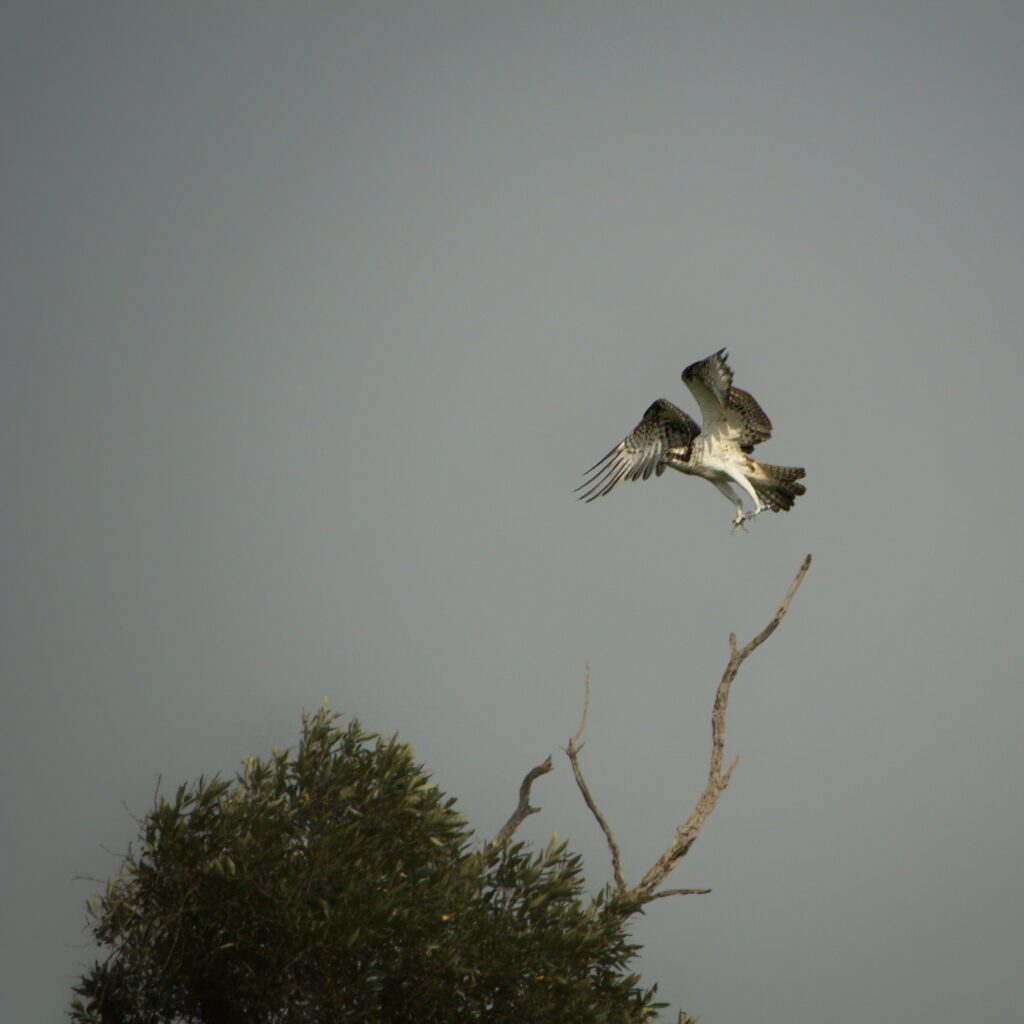
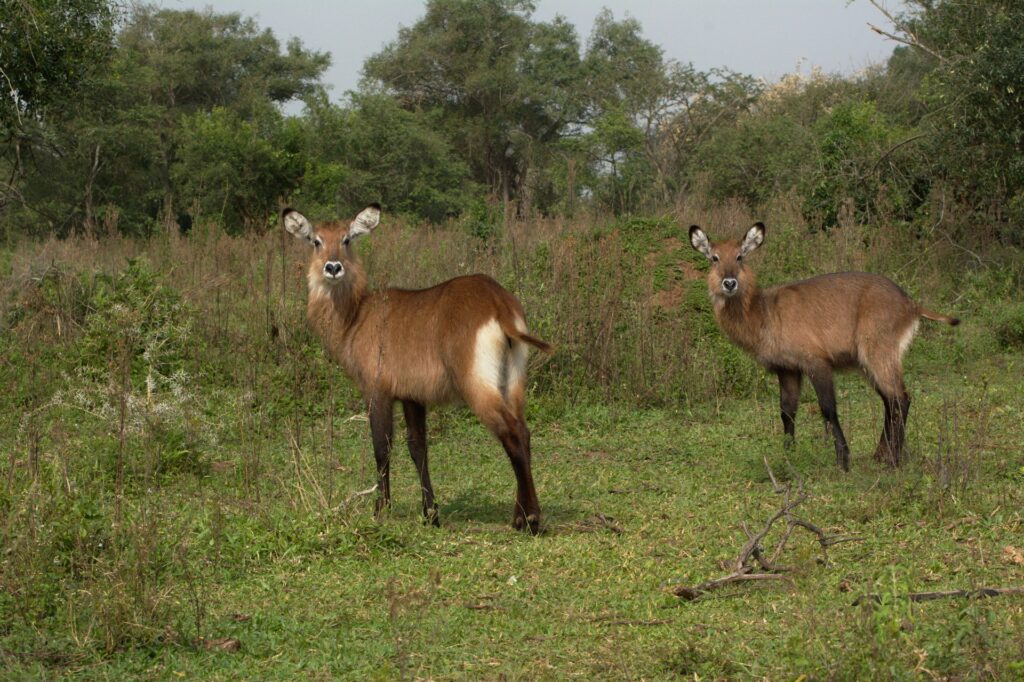
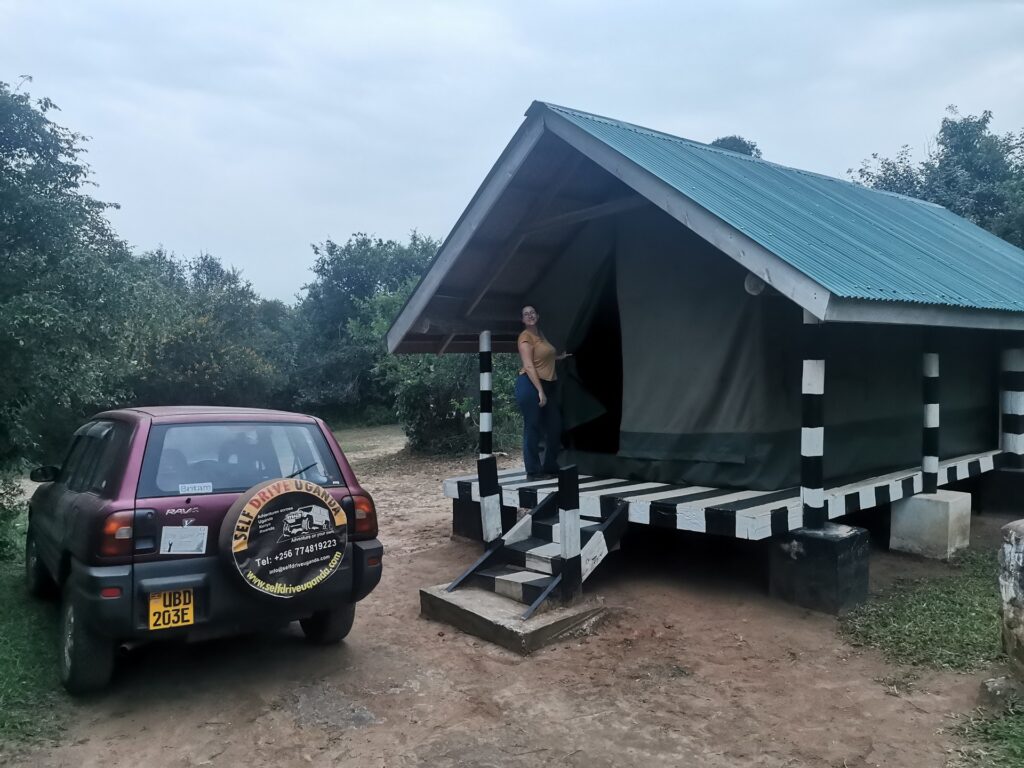
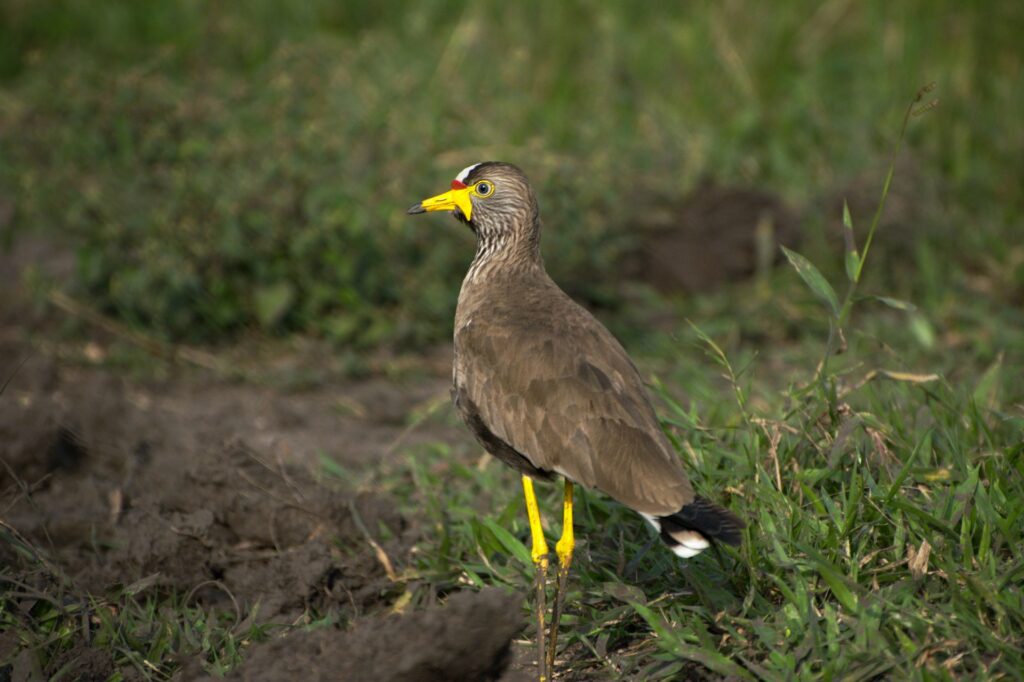

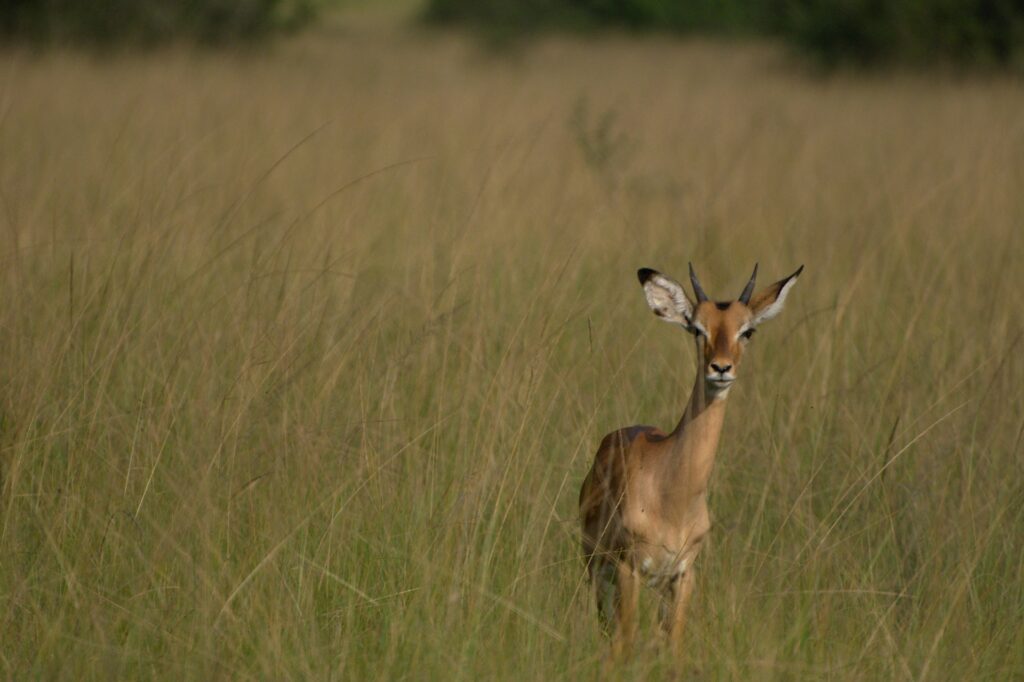
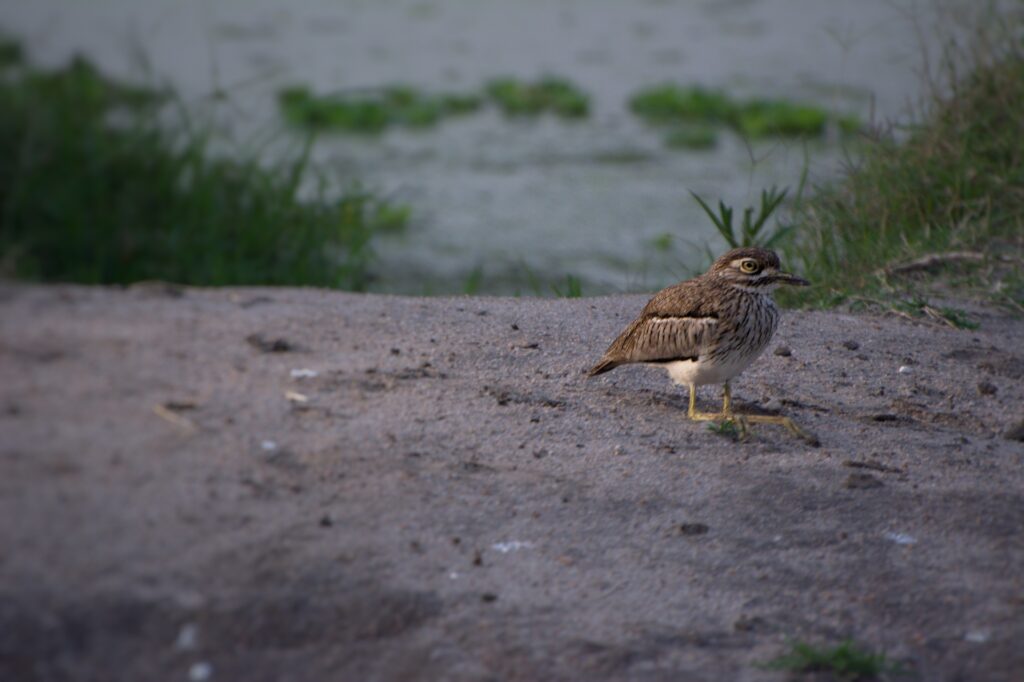
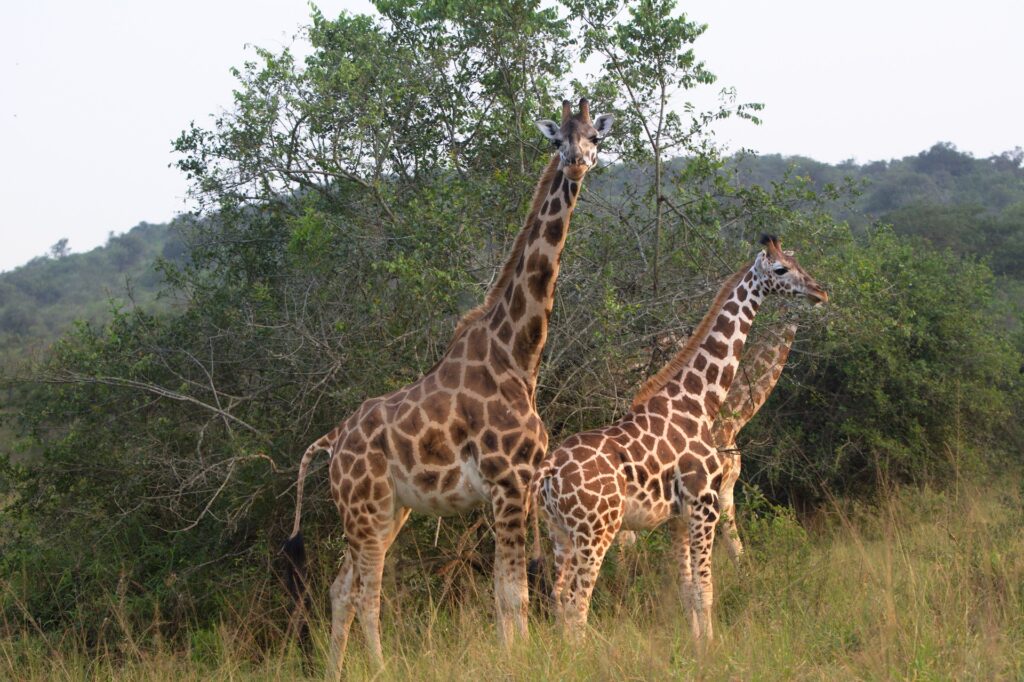
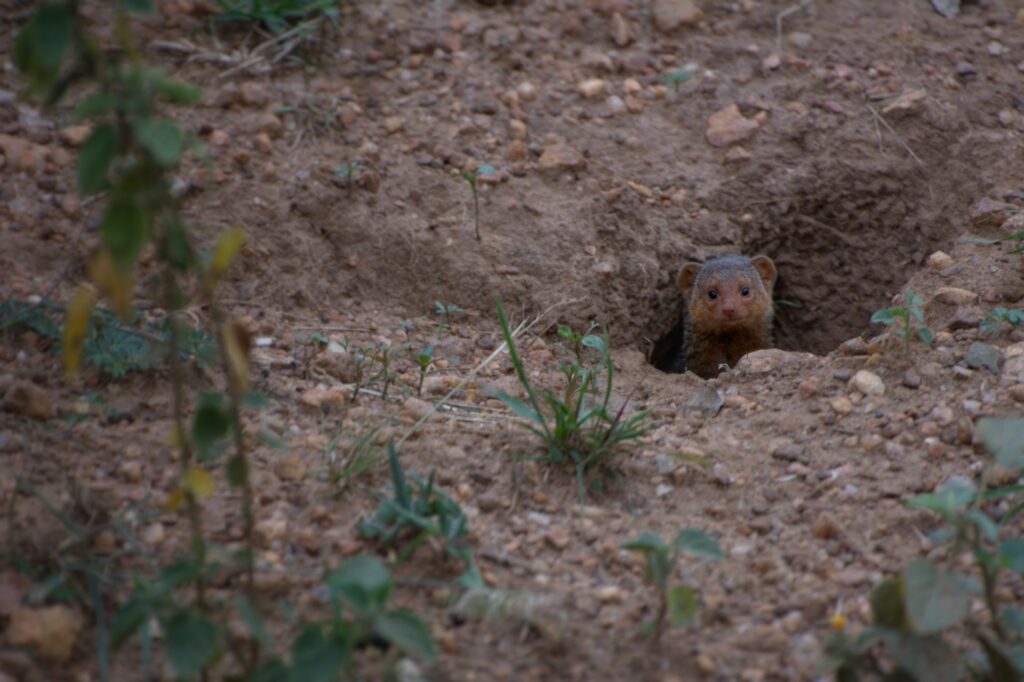
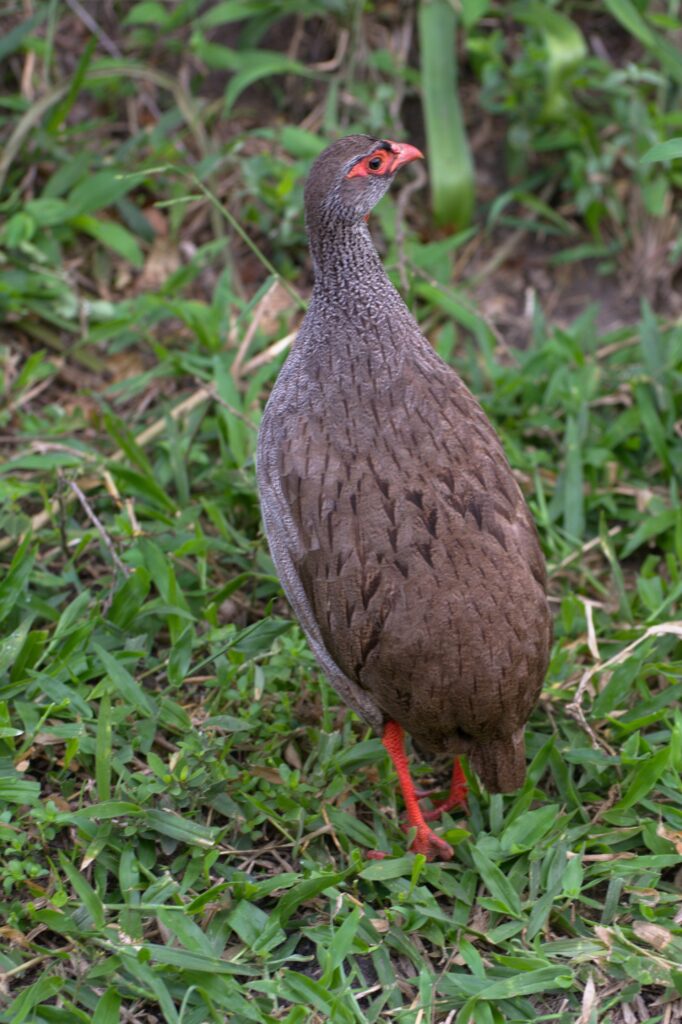
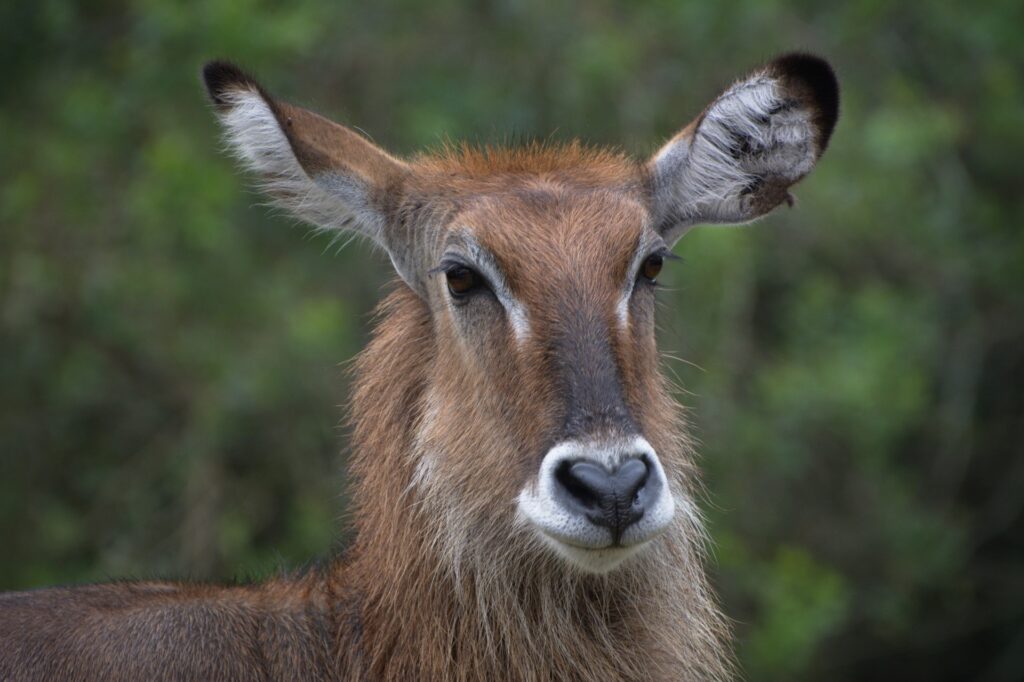
After another morning drive (the entry fees are always valid for 24 hours) we continued towards Mbarara and stopped at the Igongo Cultural Centre. It’s an ethnographic museum about the Ankole kingdom that reigned in western Uganda from 1478 to 1967. Being the only visitors at the time, we received special attention with a personal guide. A nice touch but unnecessary because the museum items were actually very well explained. We had to look twice when we came to a special milk exhibition and were confronted with the Swiss Alps. It turns out, the museum worked together with the Ethnographic Museum of Zurich to create a “Power of Milk” exhibition about the differences in the milk industry of Switzerland and Uganda.
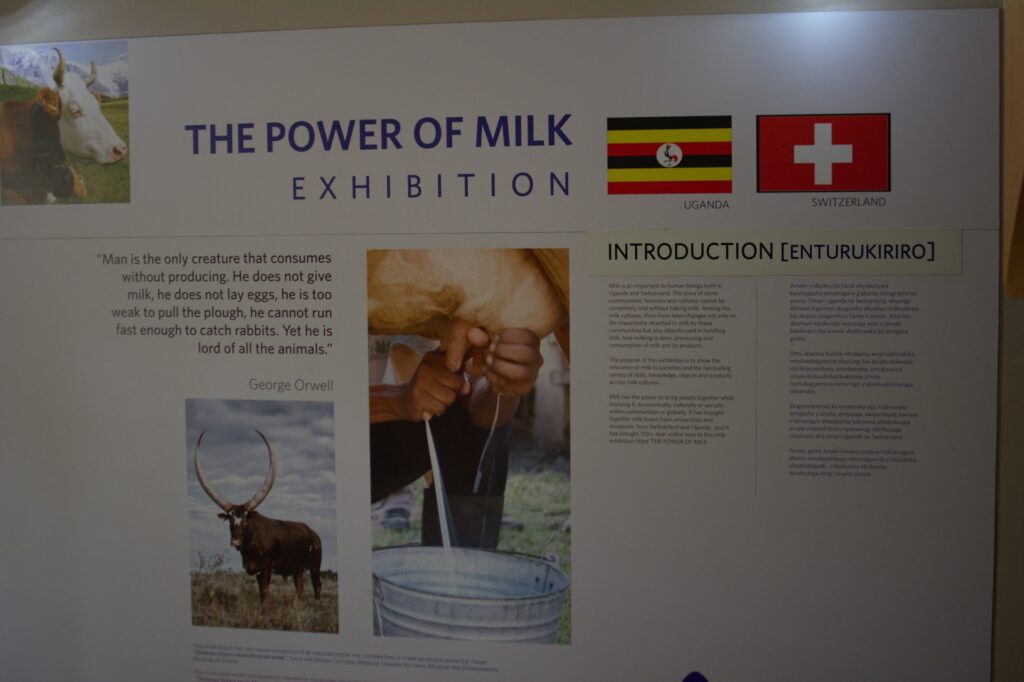
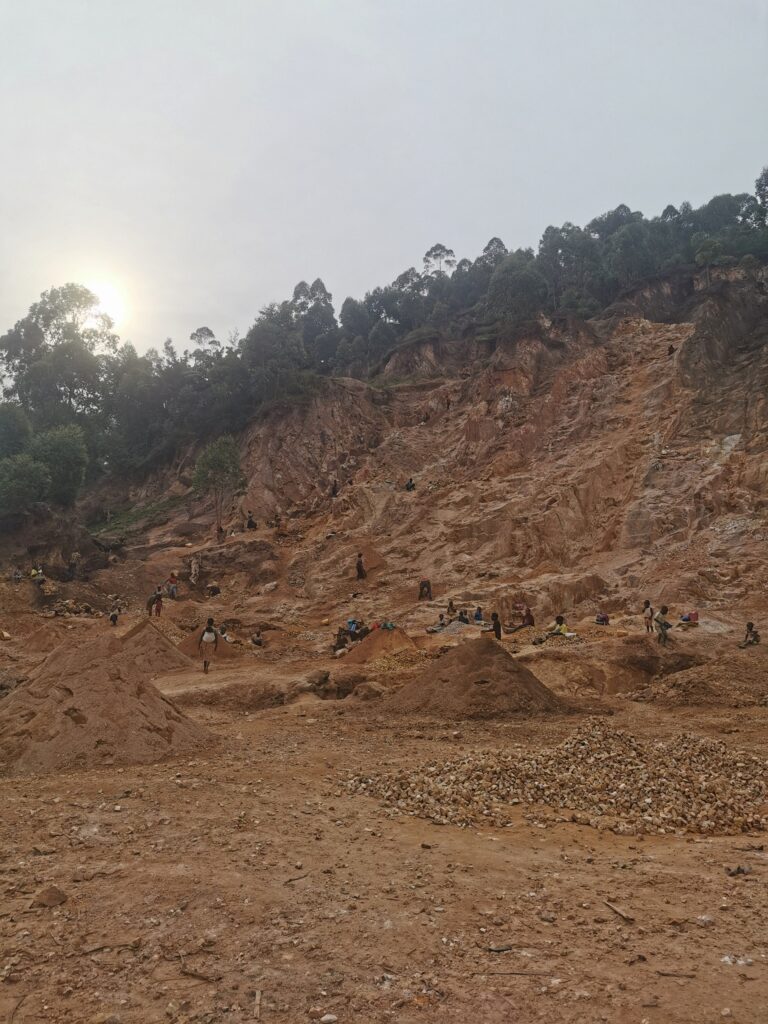
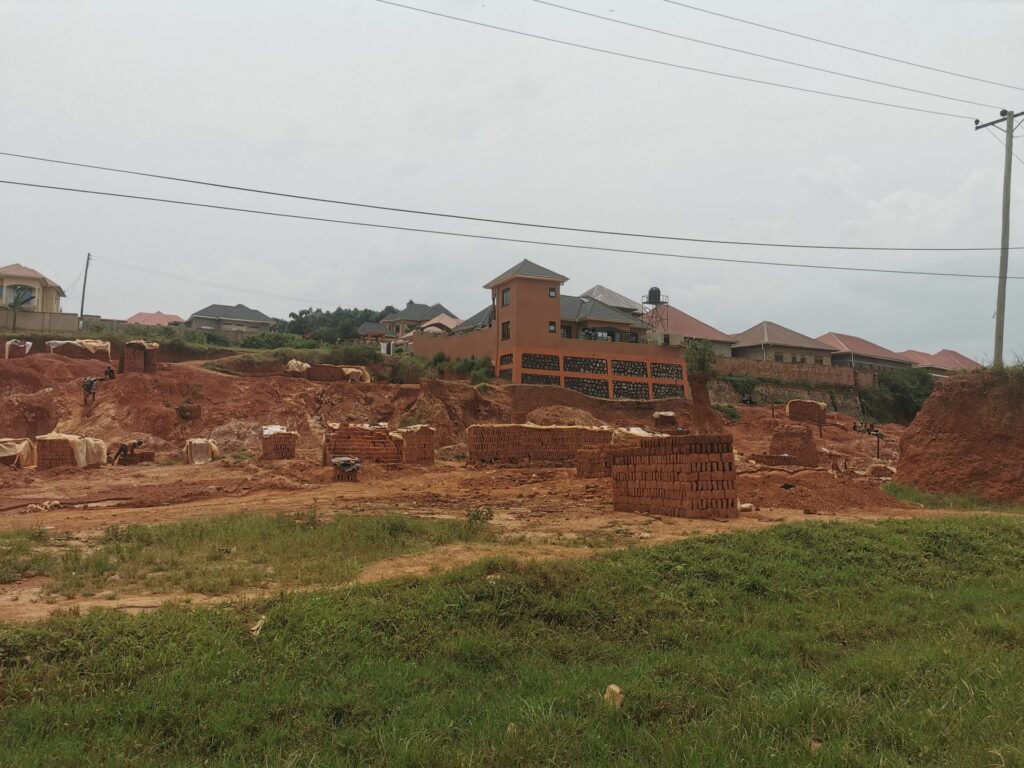
On we drove to Lake Bunyonyi where we spent the night on the lakeshore in lovely Edirisa Camp. In the morning, we did a canoe tour in a traditional dugout canoe. Apart from one or two fishermen, we had the lake all to ourselves and the morning hours contributed to a magical atmosphere. We even saw an otter crossing the lake in front of our canoe.
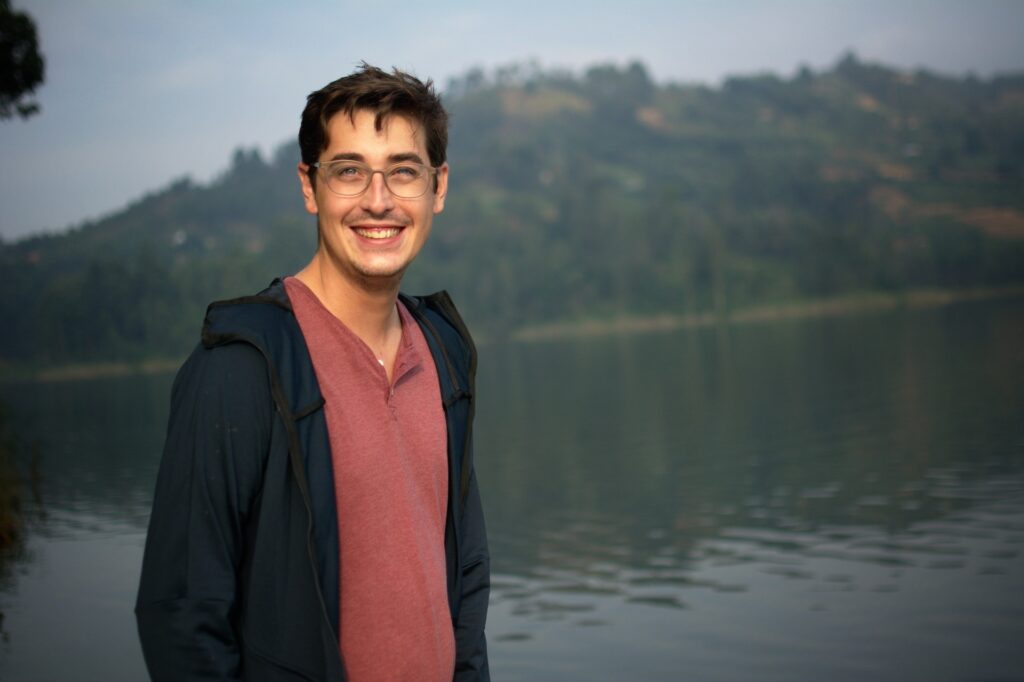
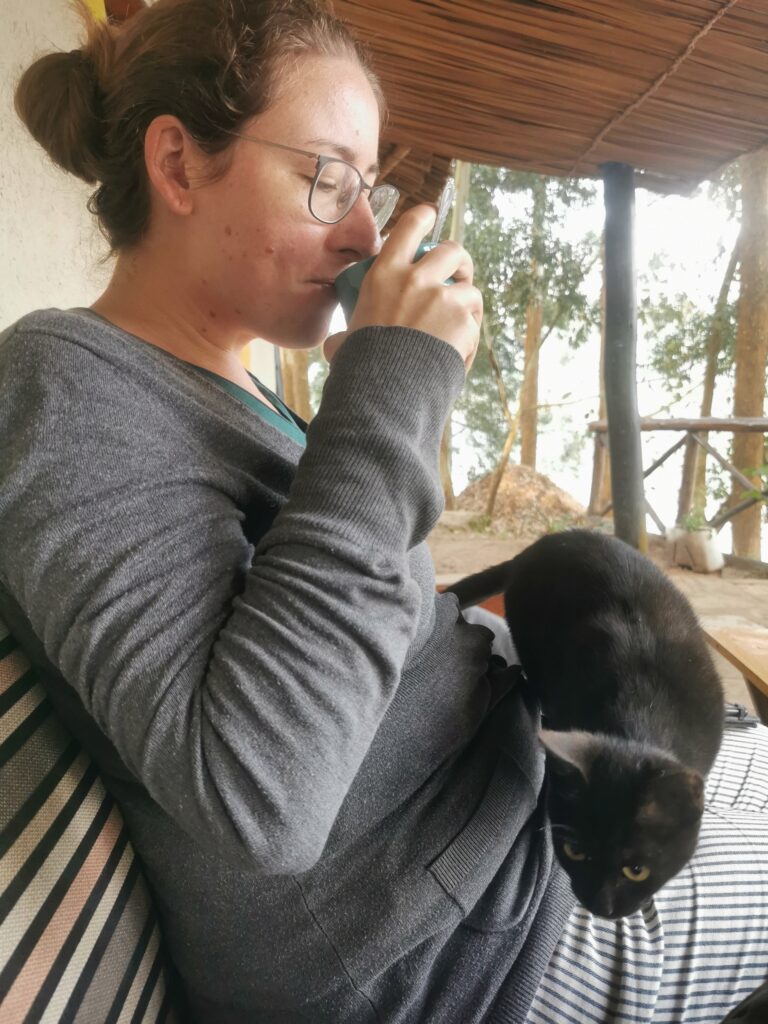
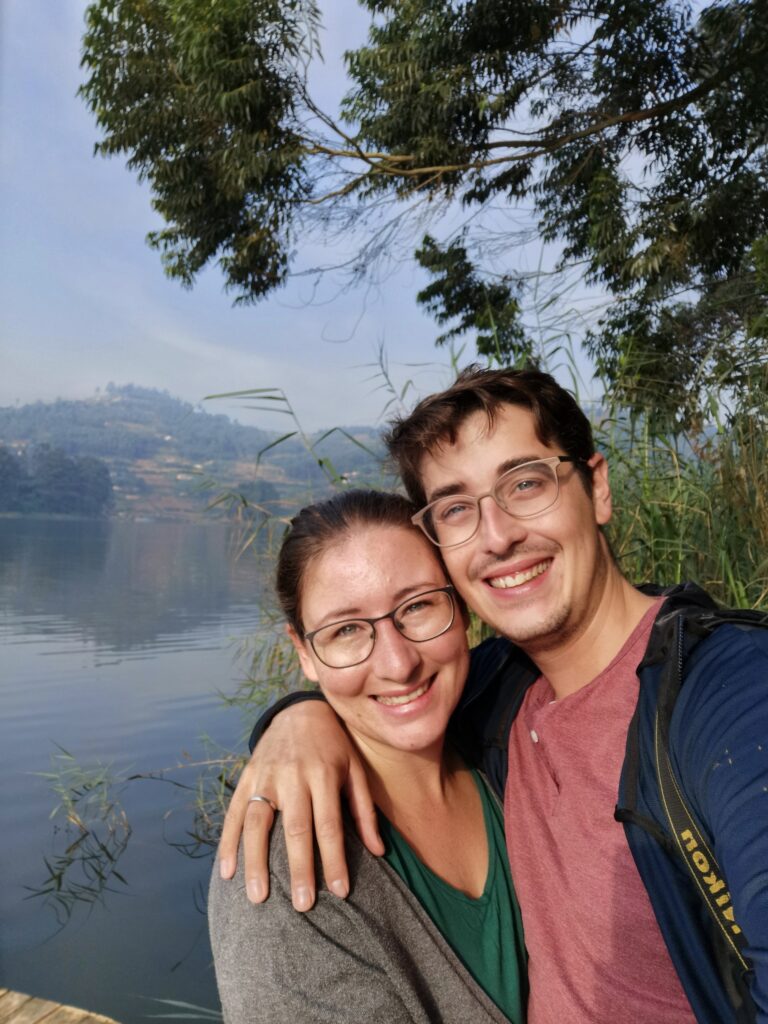
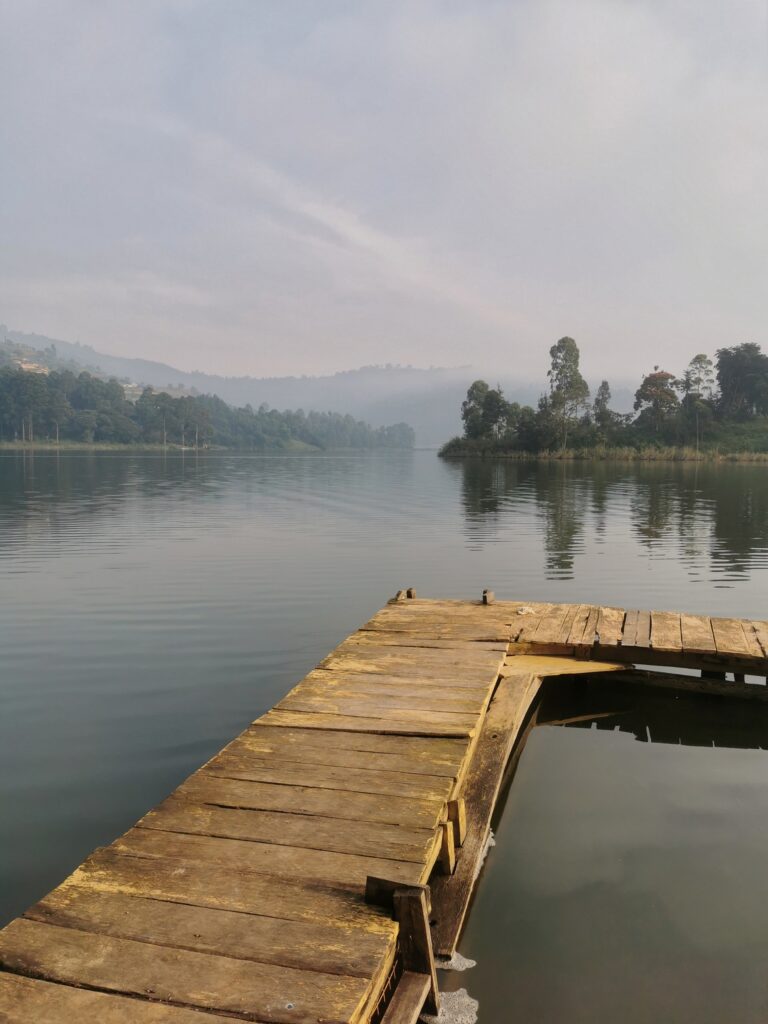
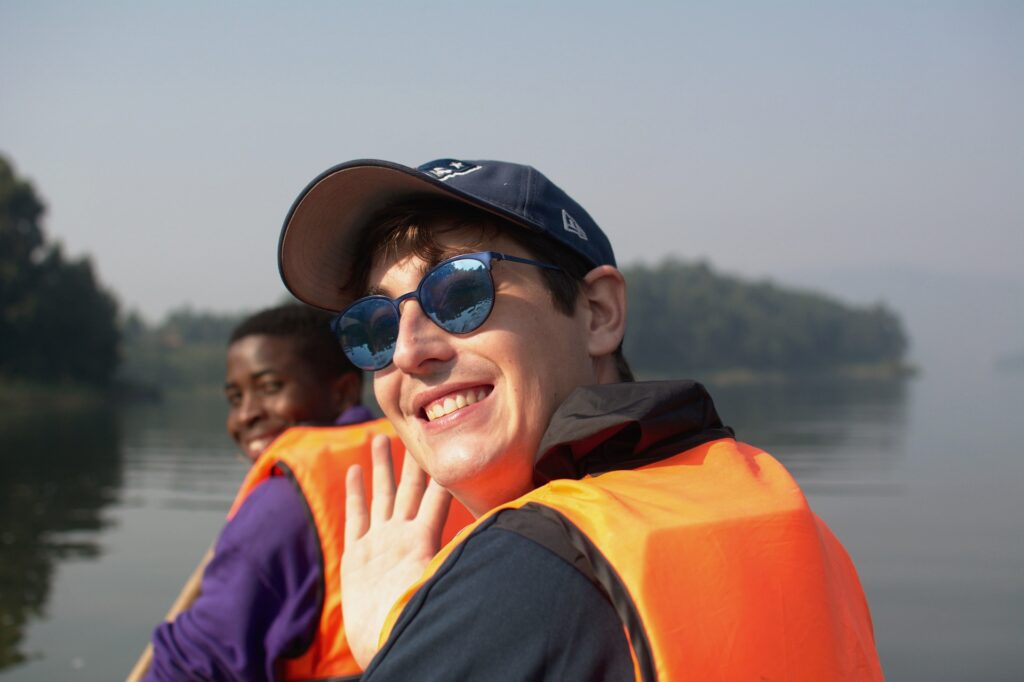
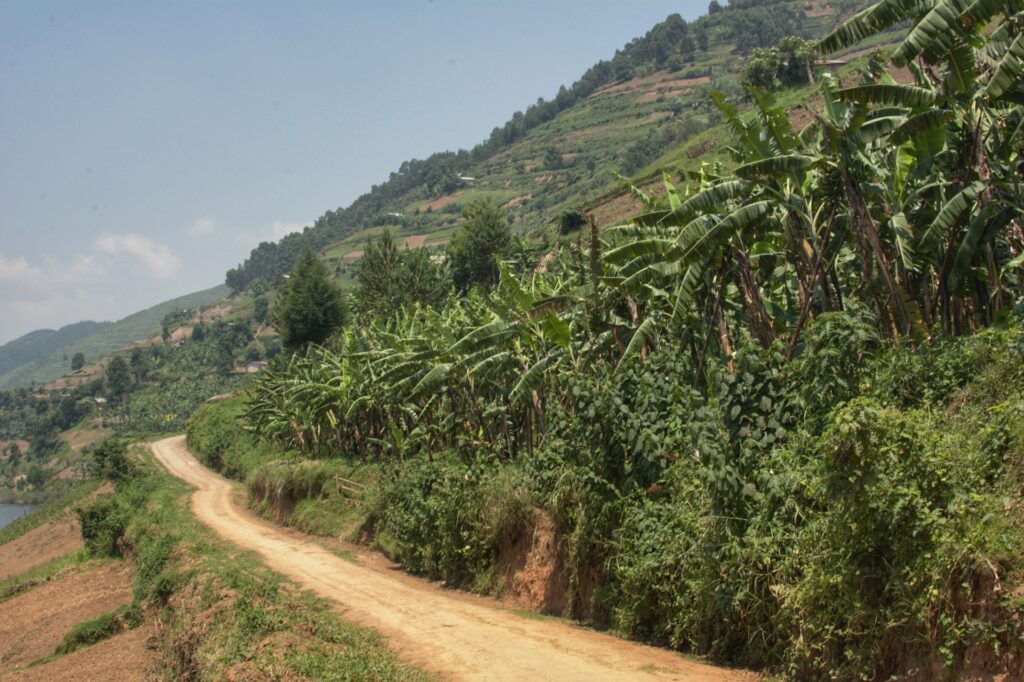
MEETING SOME RELATIVES IN THE JUNGLE
With the help of our car rental agency, we booked the Gorilla tracking permit a few days prior. During normal times, the permits are sometimes sold out months ahead. We decided to do the Gorilla tracking in Bwindi because it has more and larger families, often closer to the park entrance, and better infrastructure. Nonetheless, we stopped in Ruhija the night before, one of the other spots where you could do the trekking.
Getting a hotel tested our patience. Originally, we booked on hotels.com the cheapest available accommodation, which still costs around $50. Unfortunately, this hotel informed us in the morning that they were closed due to renovations. As soon as we had some phone reception we called hotels.com and after they called the hotel themselves transferred us to their relocation team. Our pro tip: call the English hotline, the German one is rubbish. The relocation team rebooked us a room in a hotel right next to our old one. There aren’t many options available in Ruhija, it’s a very small town on the border of the Bwindi National Park. But we were happy and drove to Ruhija. When we arrived, there was a hotel with a similar name but after talking to them it turned out that hotels.com booked a hotel for us on the other side of the national park. They had the wrong location in their system. After another two hours (!) on their hotline, they finally re-rebooked us to the hotel we were already parked at. Happy Ending. Or is it? The next day when we wanted to pay by credit card (that hotels.com would reimburse us) the receptionist suddenly remembered that their credit card machine has not been working for a year. We couldn’t and didn’t want to pay $300 cash. Eventually, the manager came up with the solution that the receptionist should come with us to the next town (Bwindi, two hours by car) where we would pay by card at a hotel of some friends of his. We would have continued to Bwindi anyway so this was okay for us – for the receptionist, it took probably the rest of the day to find a ride back home.
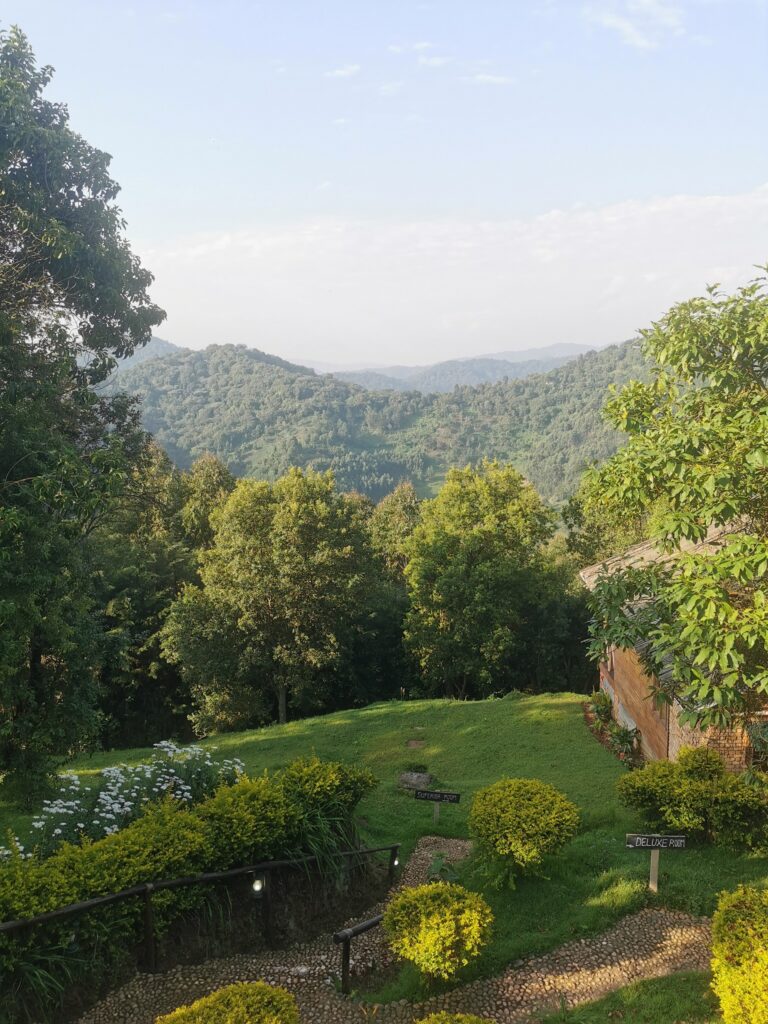
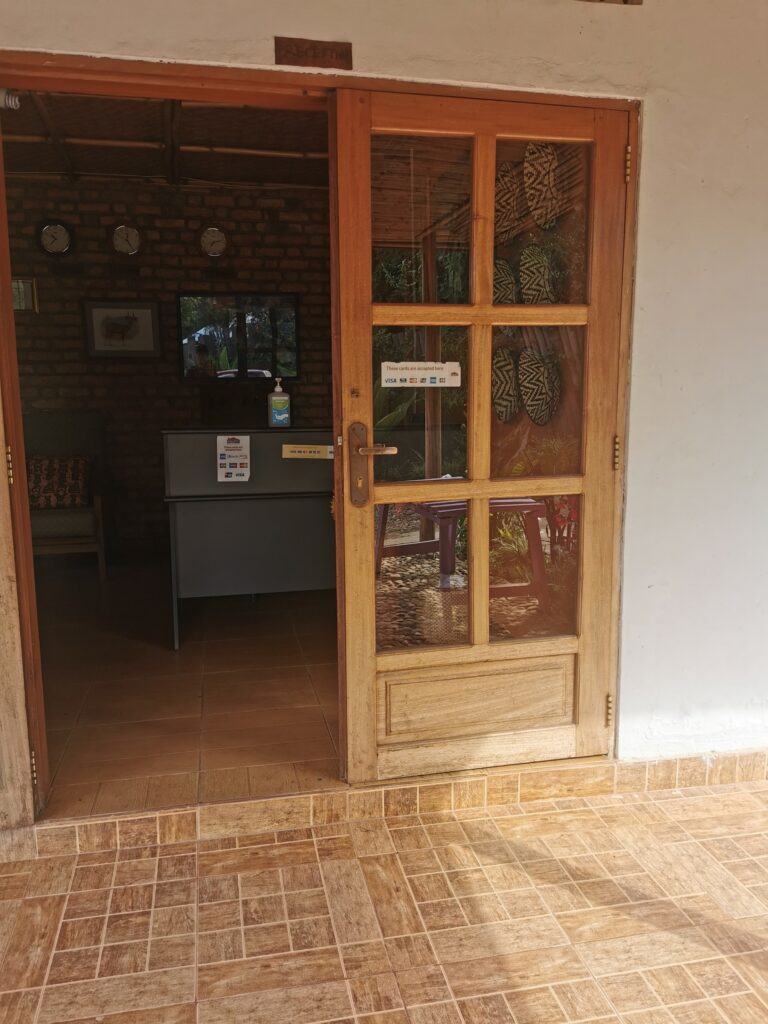
And then it was time for the highlight of our trip in Uganda: the Gorilla tracking. Bwindi National Park is home to half of the wild mountain gorilla population in the world. Bwindi means darkness, a matching name for this impenetrable forest. Around the park, there are four locations for tracking gorillas with a total of 18 families that are habituated to humans. The permit allows you to visit one family for one hour. The group size is limited to eight people. In the morning, trackers venture out in the forest in search of the families. In the meantime, we assembled in the headquarter, got briefed and assigned to a family. Our guide was in contact with the trackers and had a rough location. In our case, we first had to drive one hour before entering the forest. When we arrived at that location, the trackers found the family and it was a quick 30-minute hike through the dense forest. We heard of tourists that stumbled through the forest for eight hours to get to the gorilla family. After those 30 minutes, the guide told us to leave all backpacks and come with him. We knew we had to be very close. And indeed, a young one is coming down to a green, bright clearance within the otherwise so tight and dark forest. Soon we spotted other members of the family, mostly eating or resting. We got quite close but always with a safety margin. With good reason: after peacefully sleeping the second silverback of the group did a mock attack on our ranger. Thierry stood next to the ranger and nearly had a heart attack.

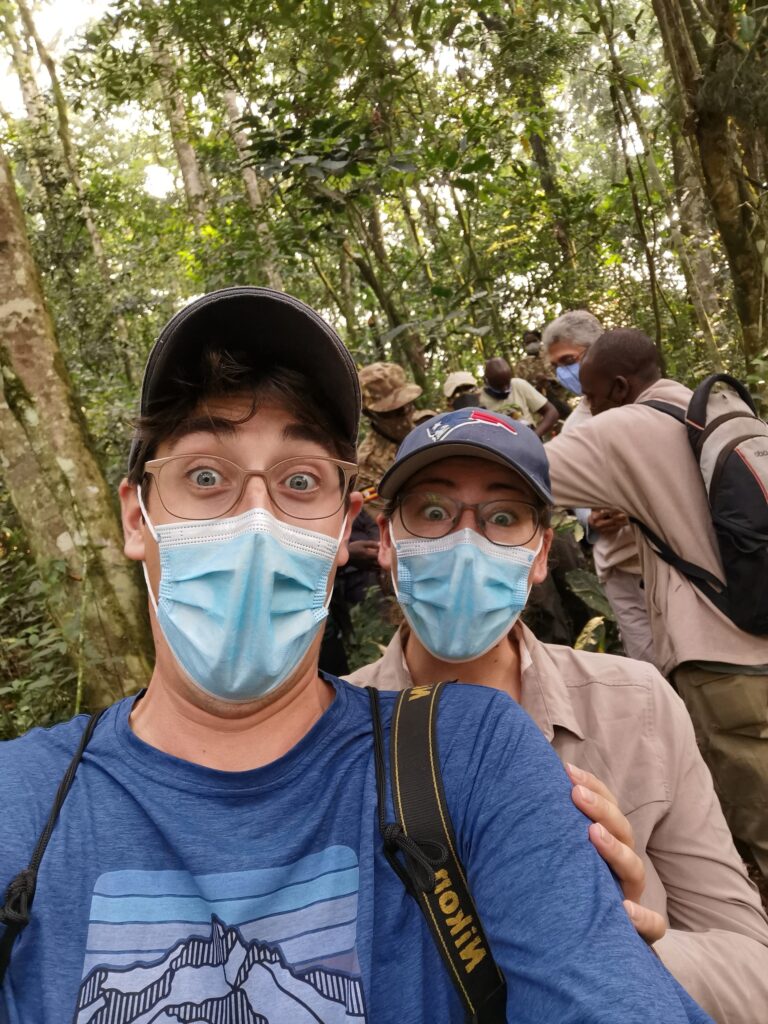
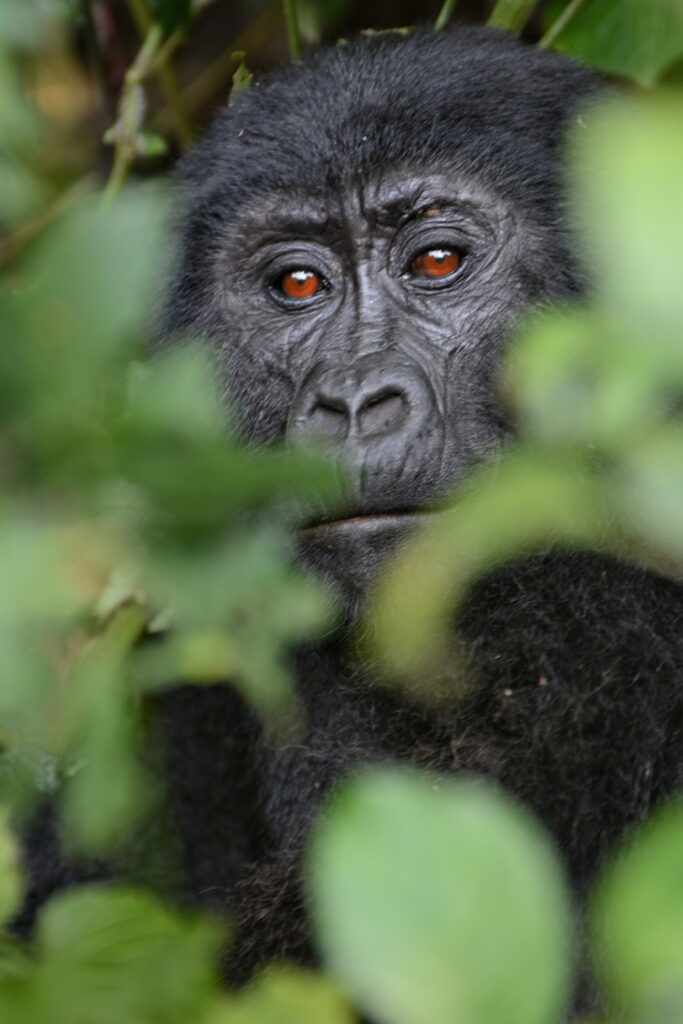
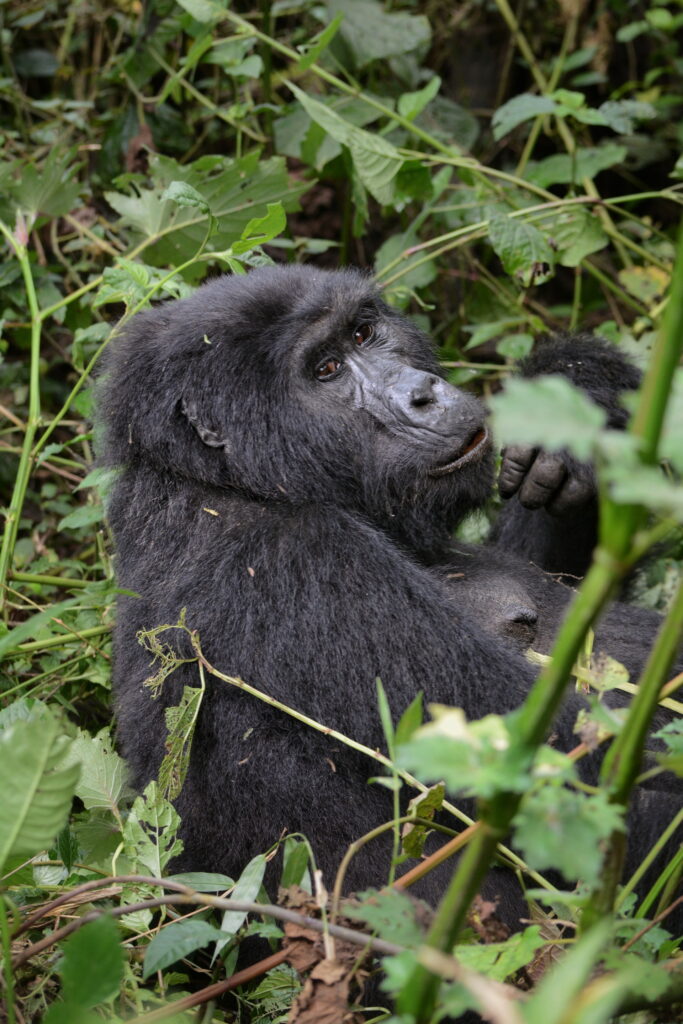
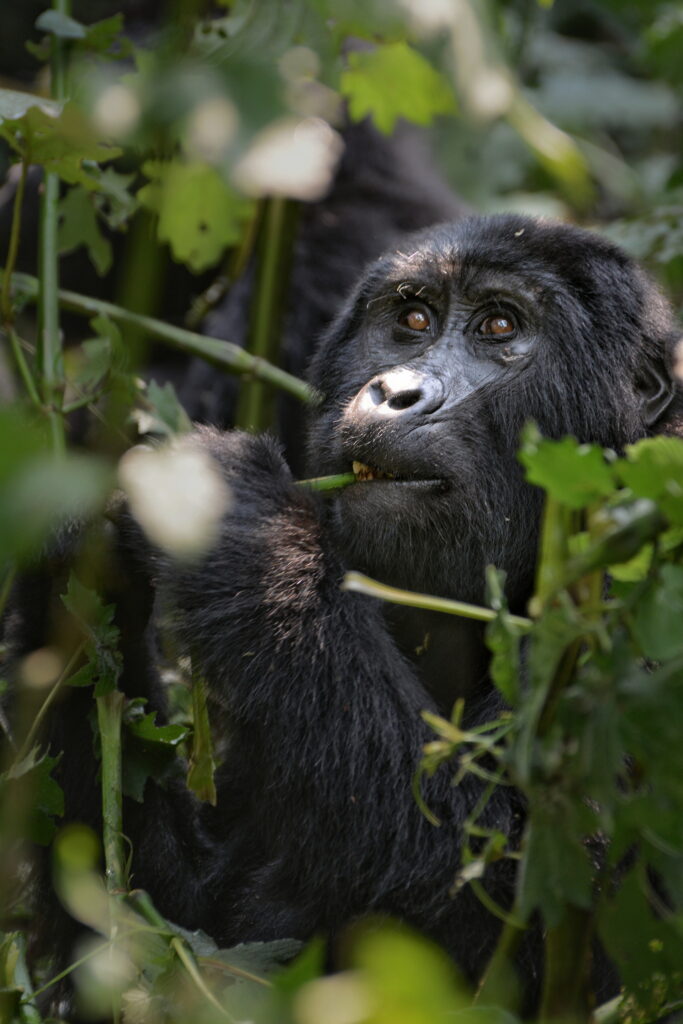
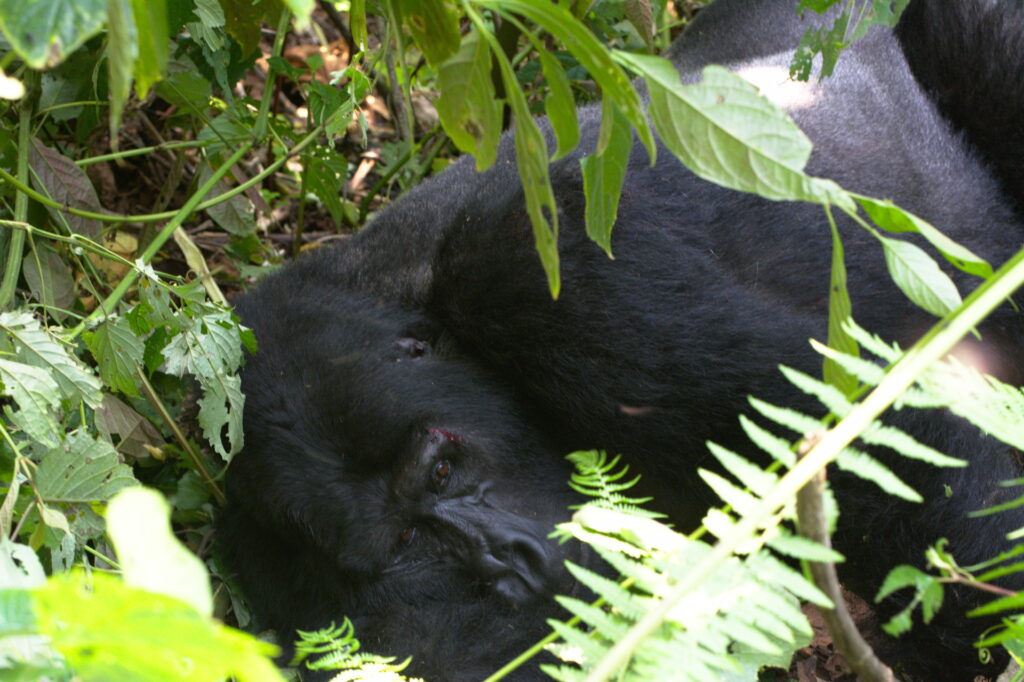
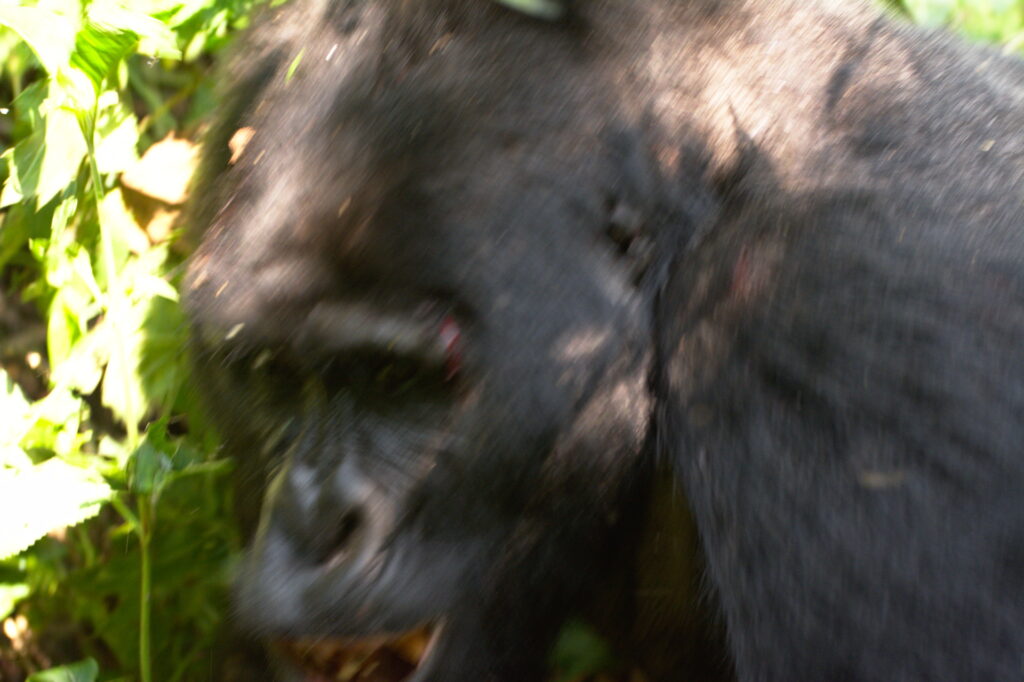
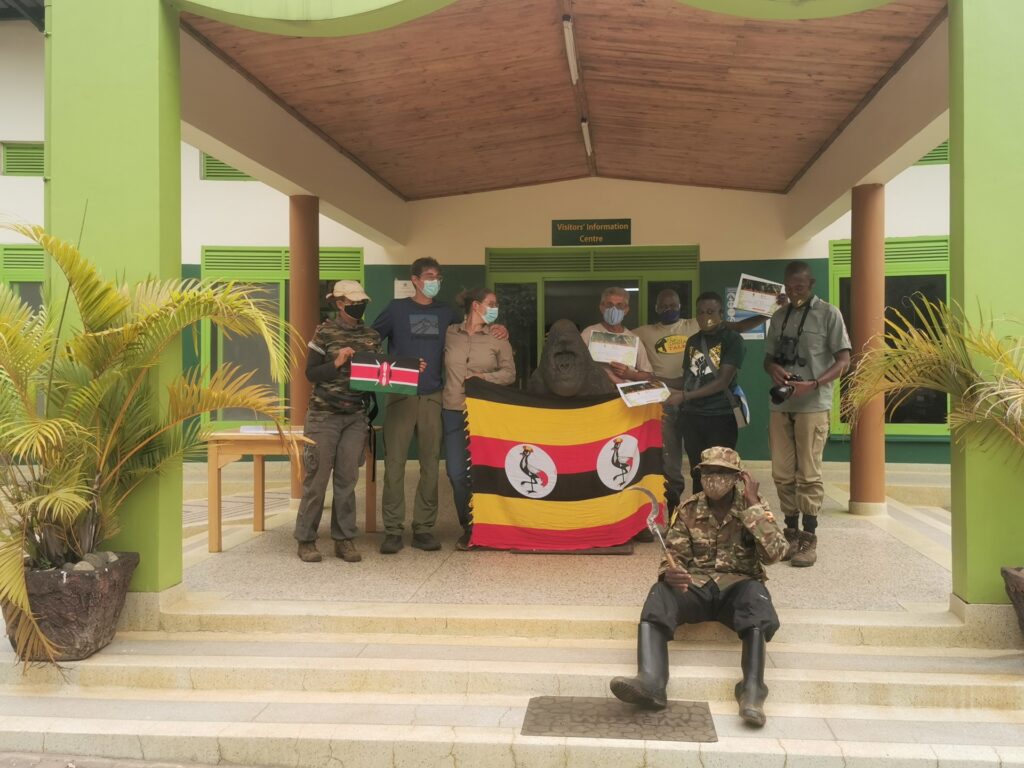
CONCLUSION
It’s good to be self-driving again. It brings back the adventure and allows us a hint of what could have been in Africa. The roads are mostly in bad condition and our car is old and rough. But we wouldn’t have it any other way. The people we met on the way are curious and very nice. In most hotels, we received an upgrade straight away. We could tell that Corona took a big hit on tourism in Uganda. In many places, we were the only tourists and some hotels hadn’t had more than five guests since the beginning of the pandemic a year ago. We are already excited to tell you more about Uganda in our next post.
FACTS & FIGURES
- Days in Uganda so far: 7
- Distance: 689 km
- Hours spent on hotlines: 3
- Animal species spotted: > 30
- Breakdowns: 0
